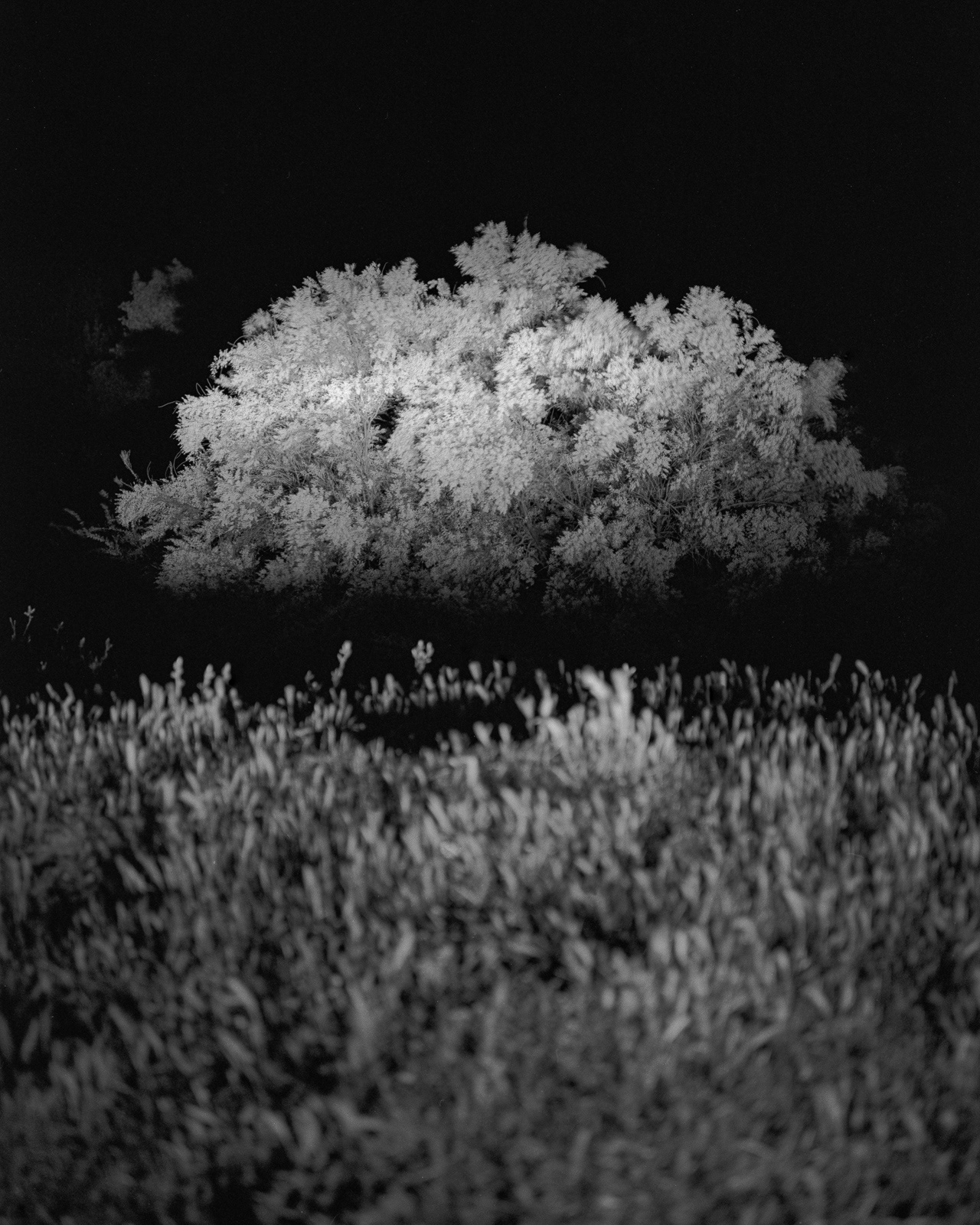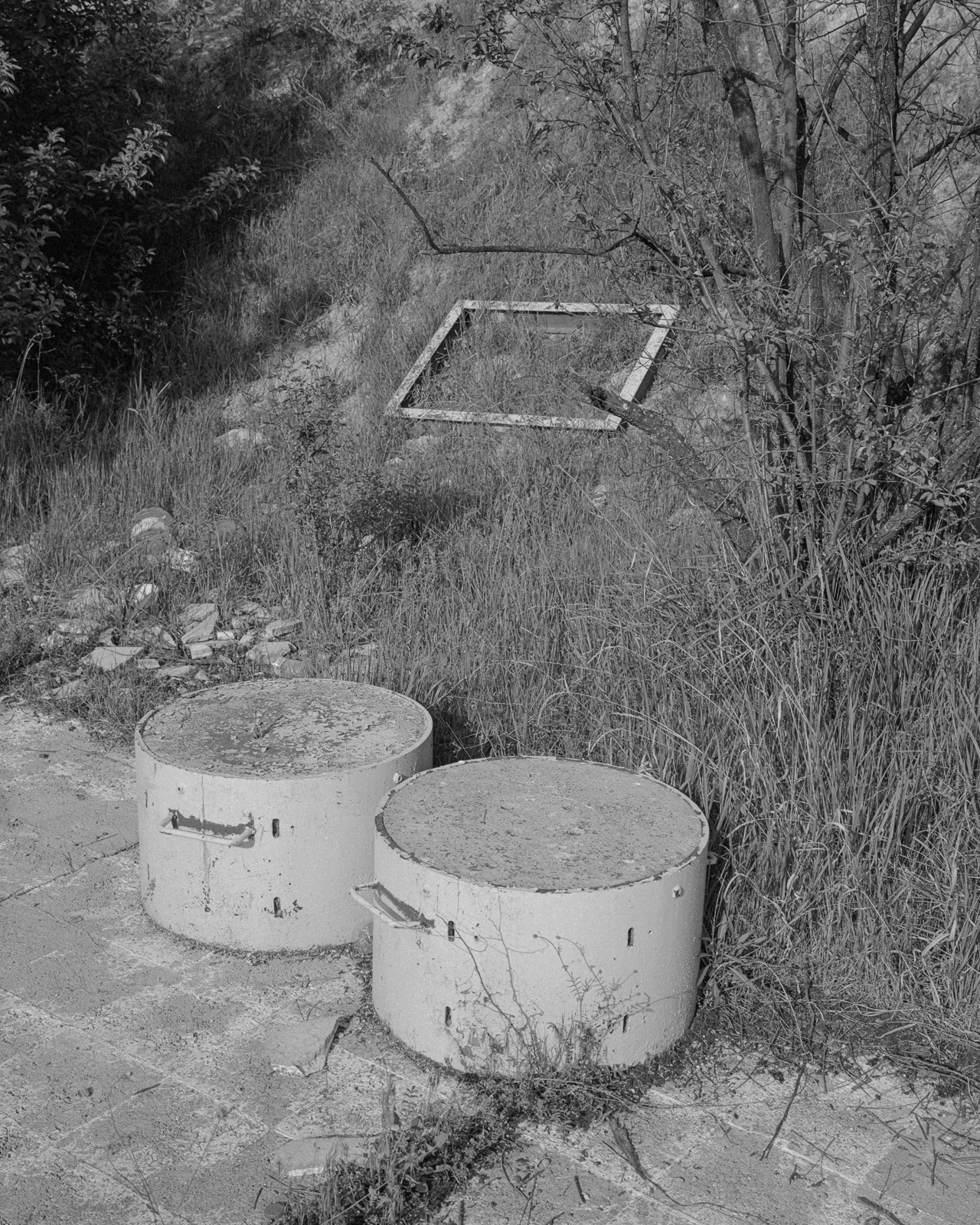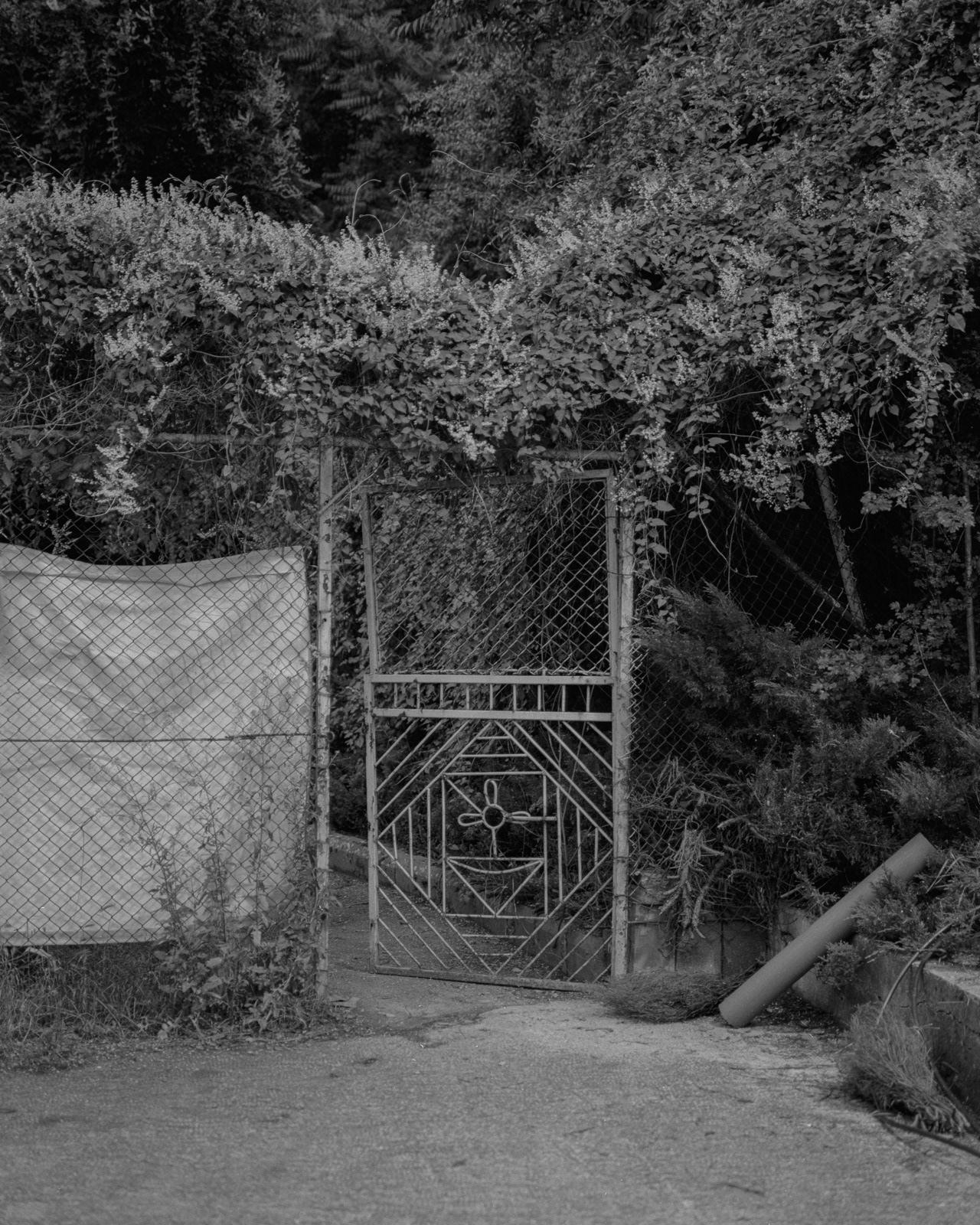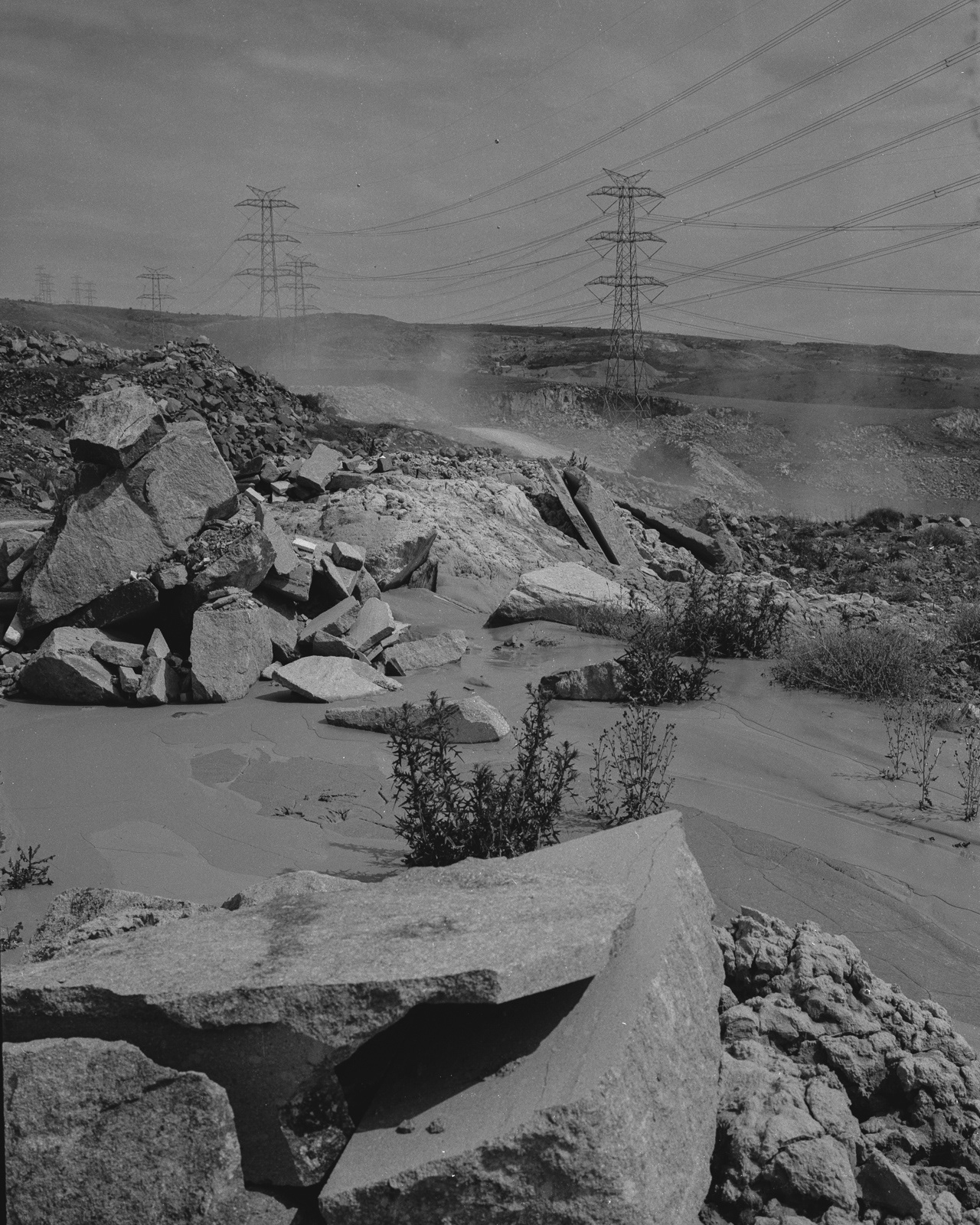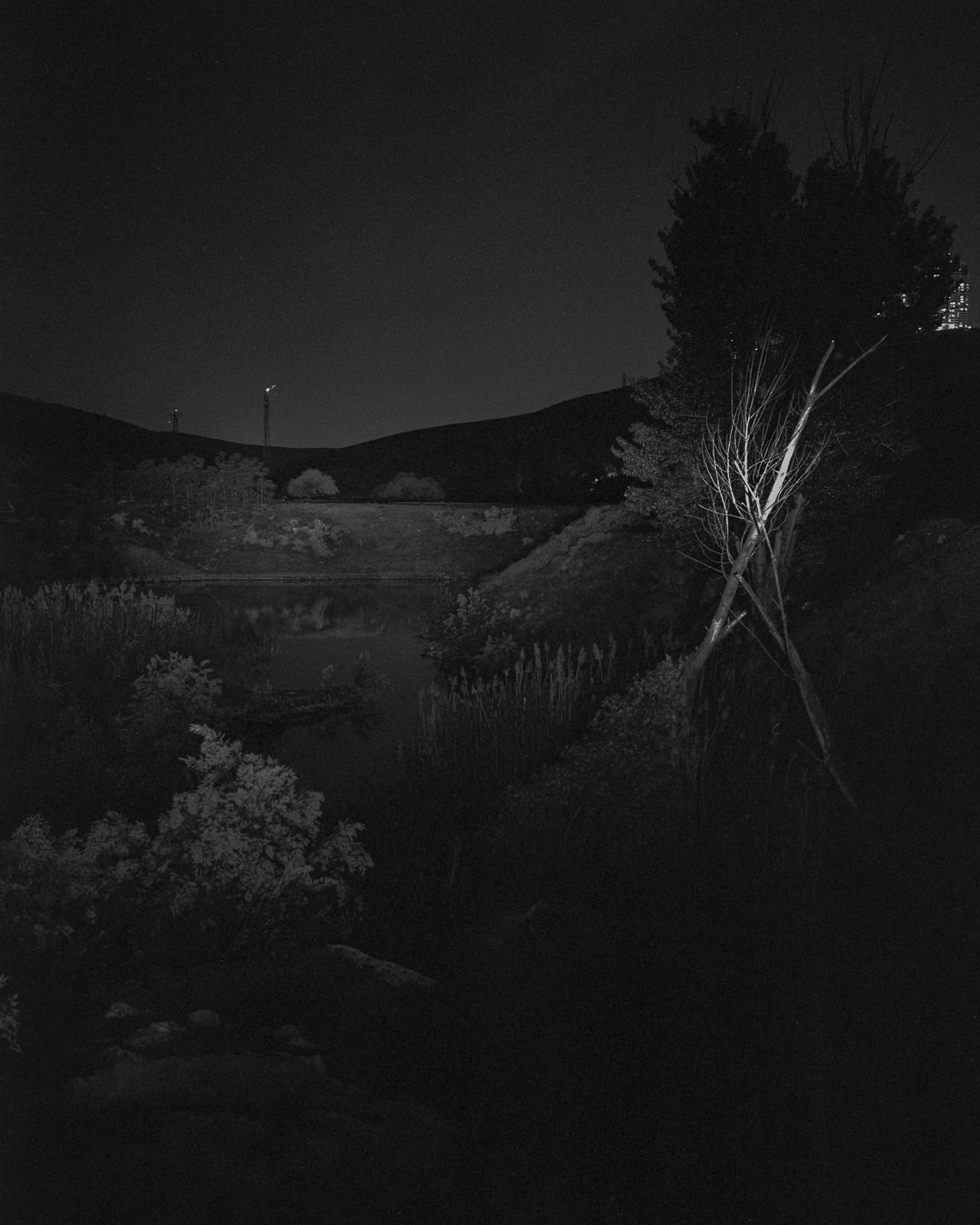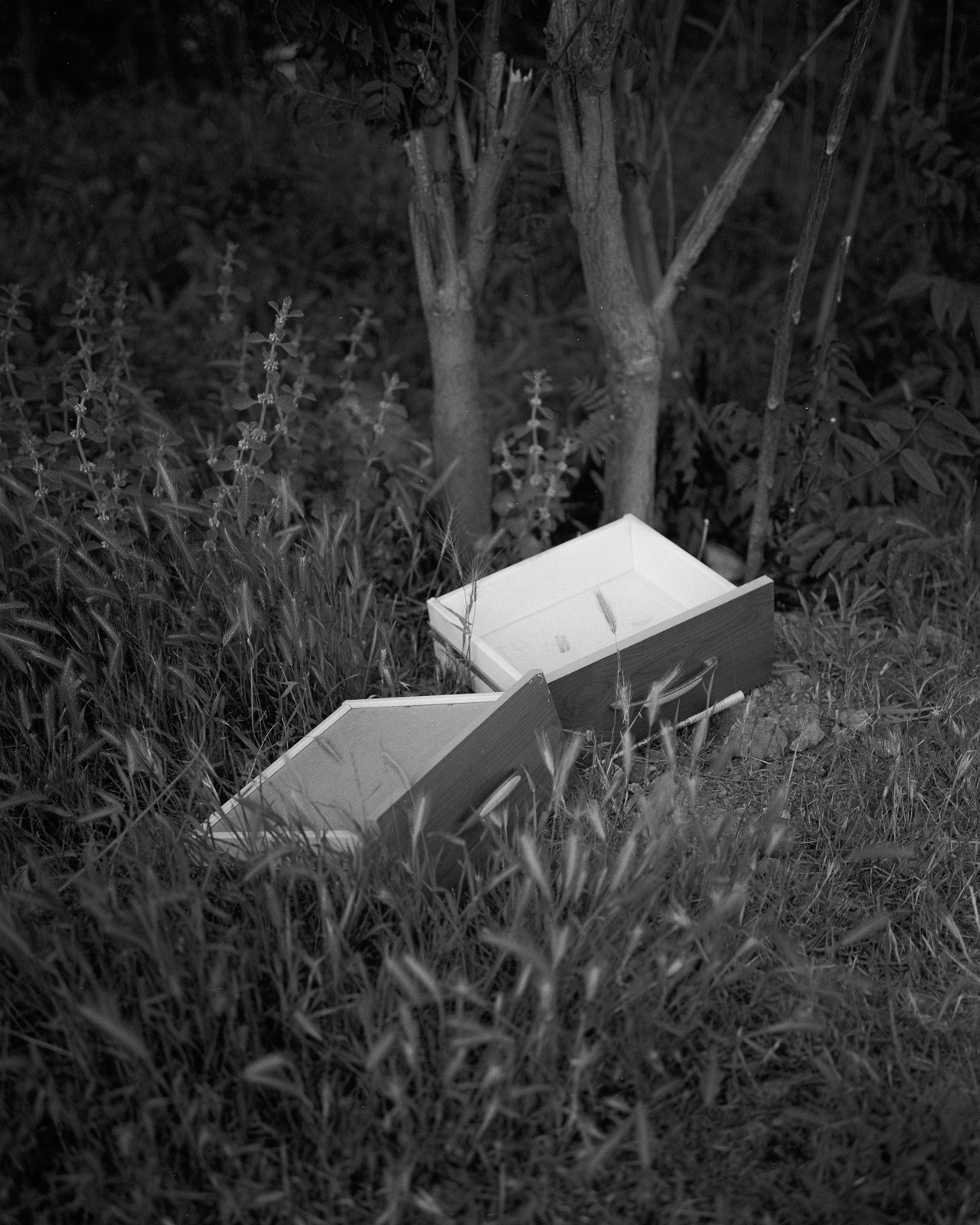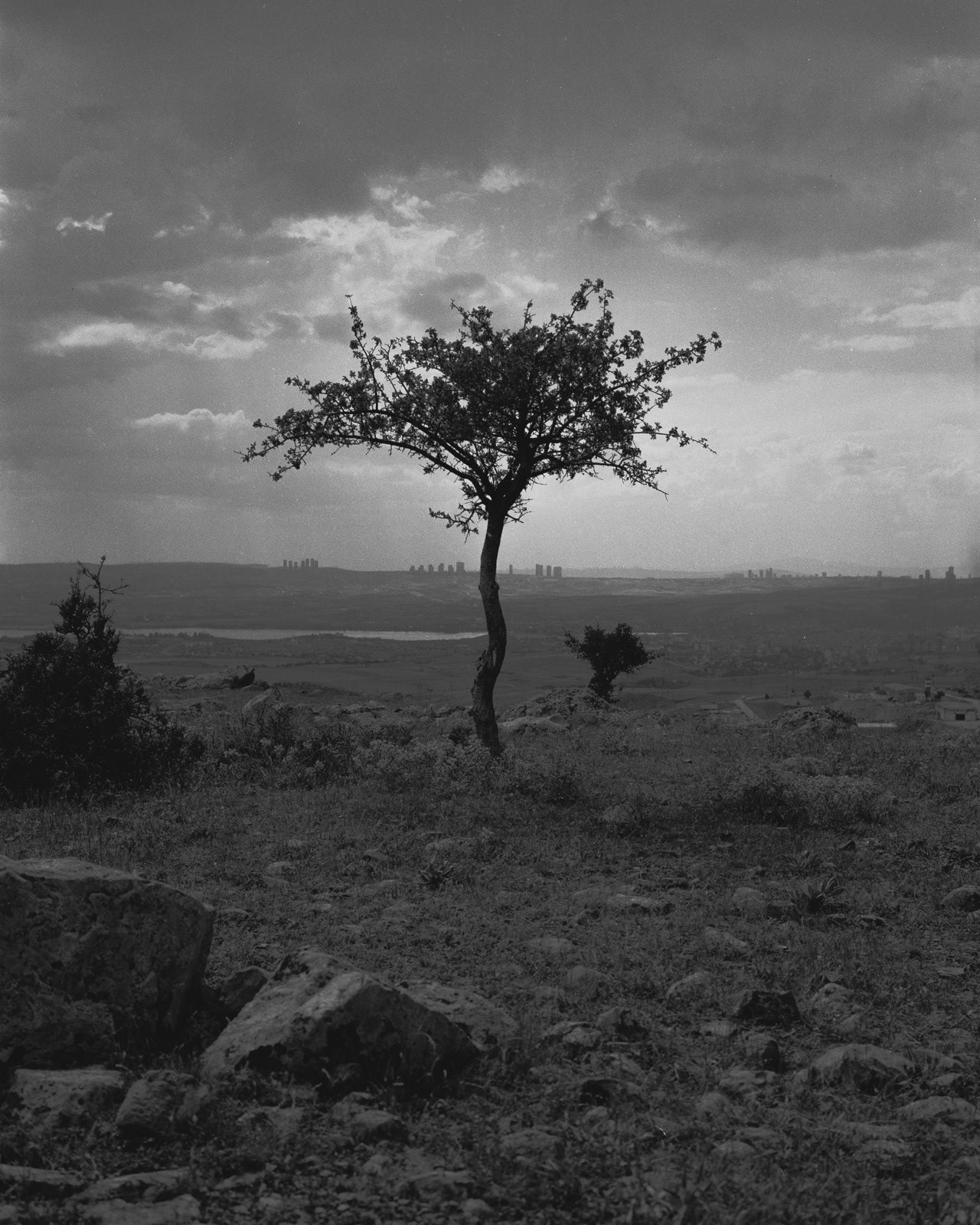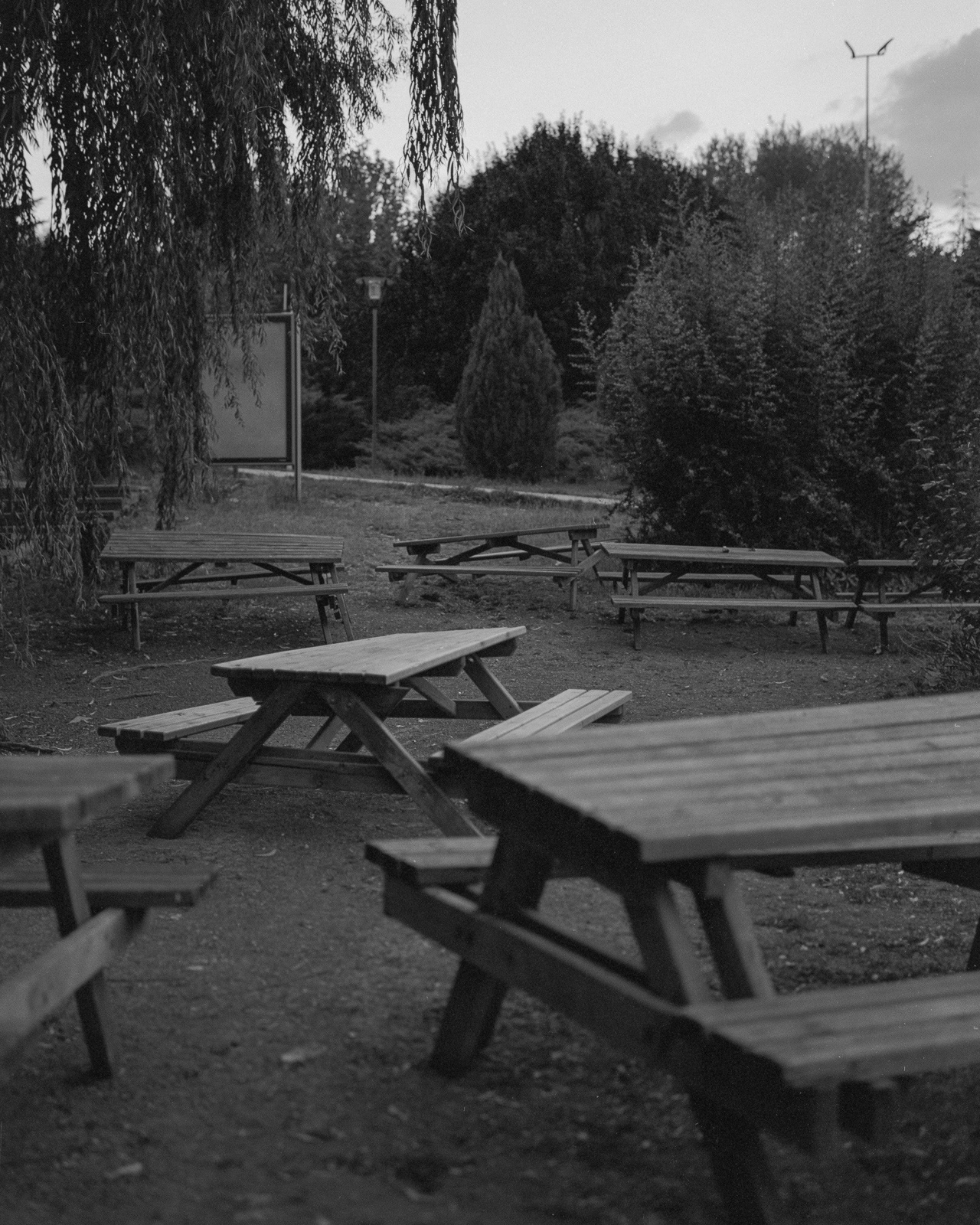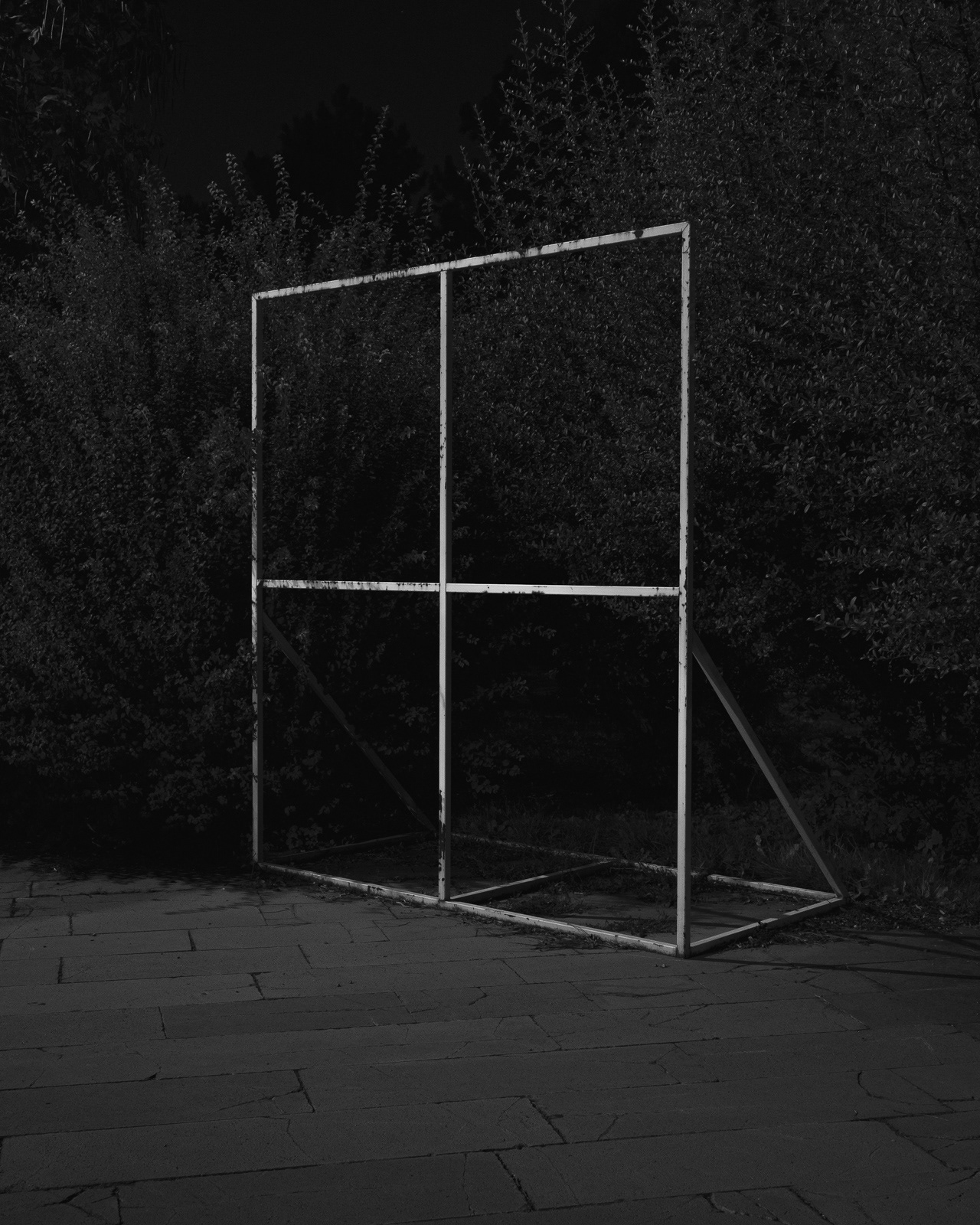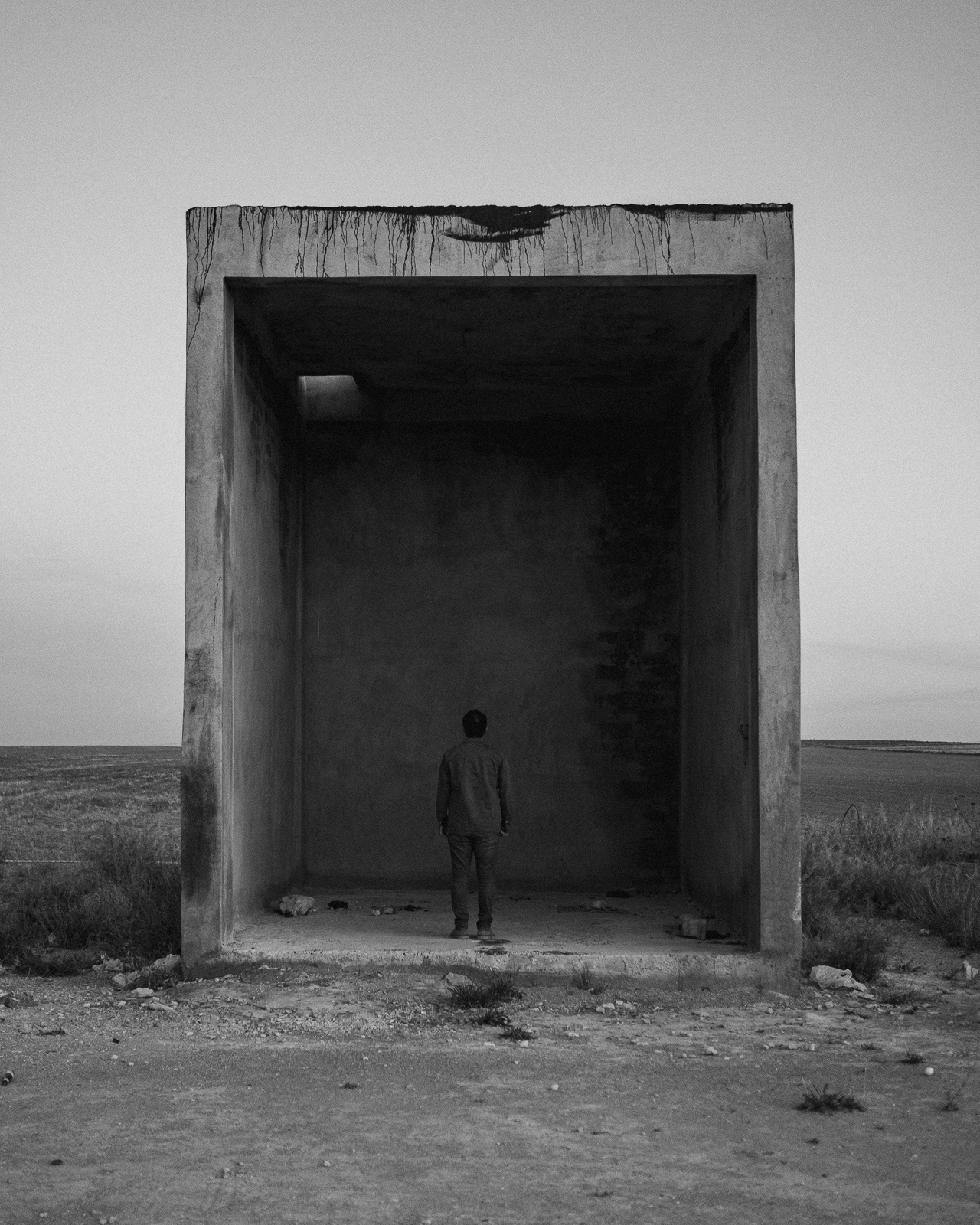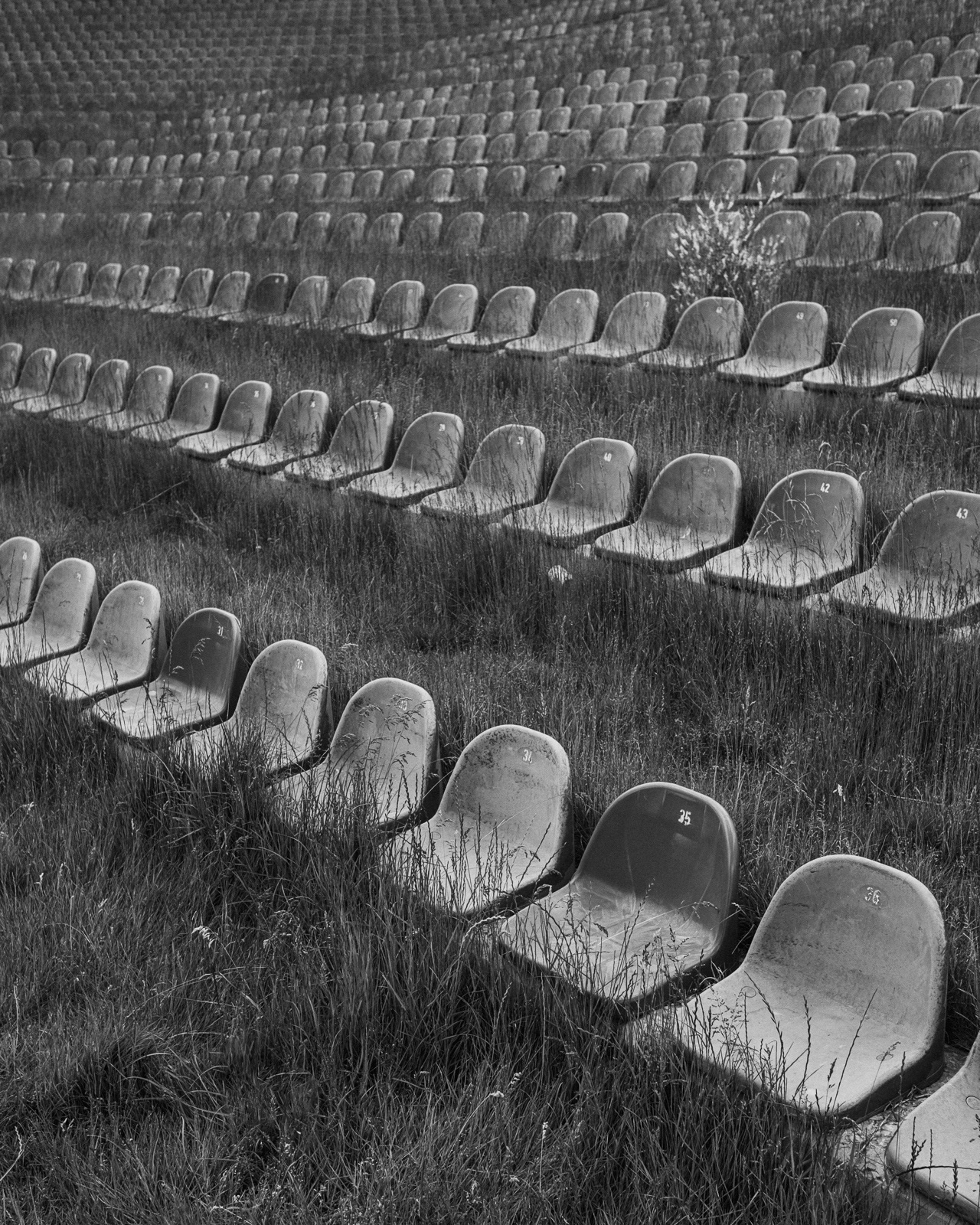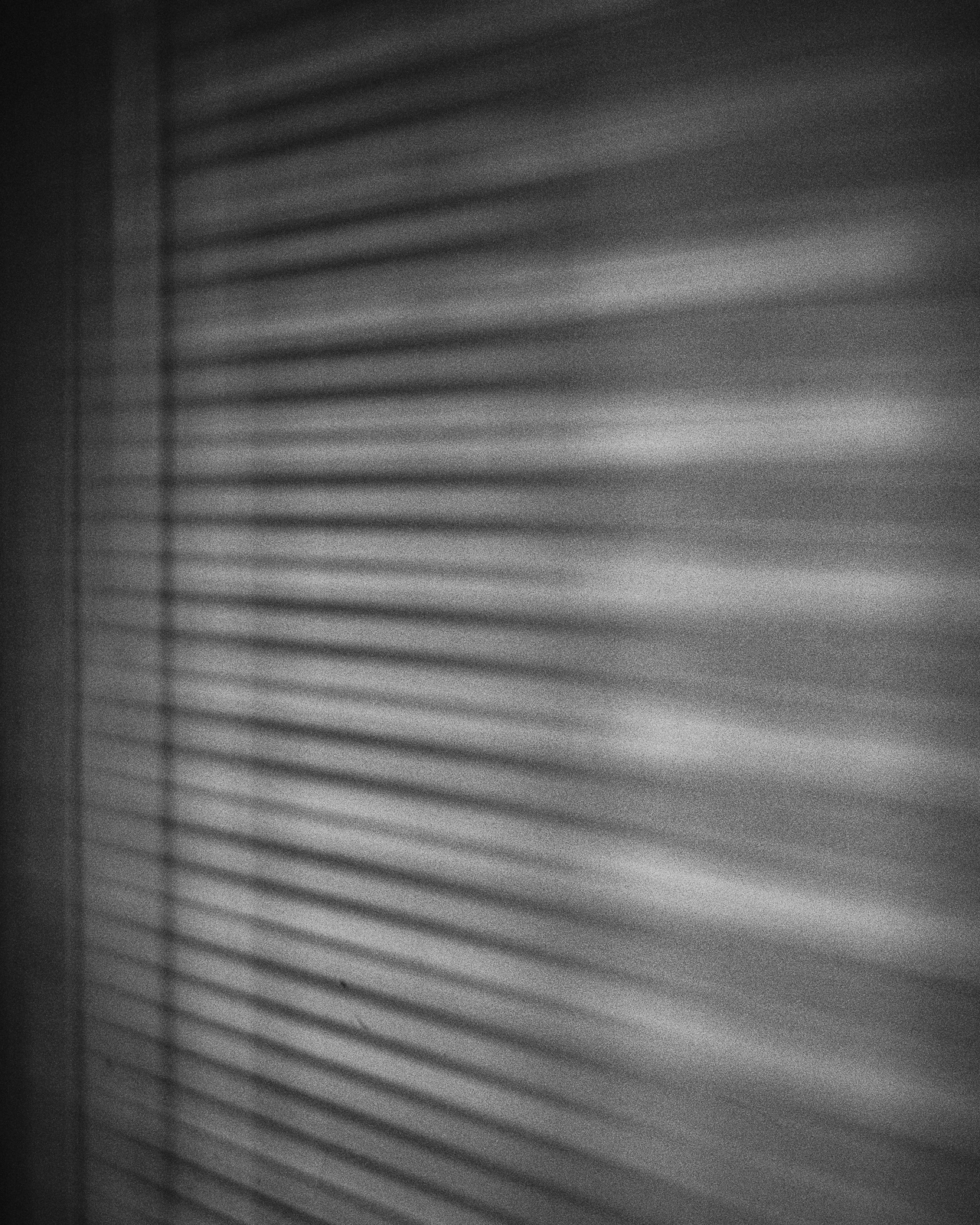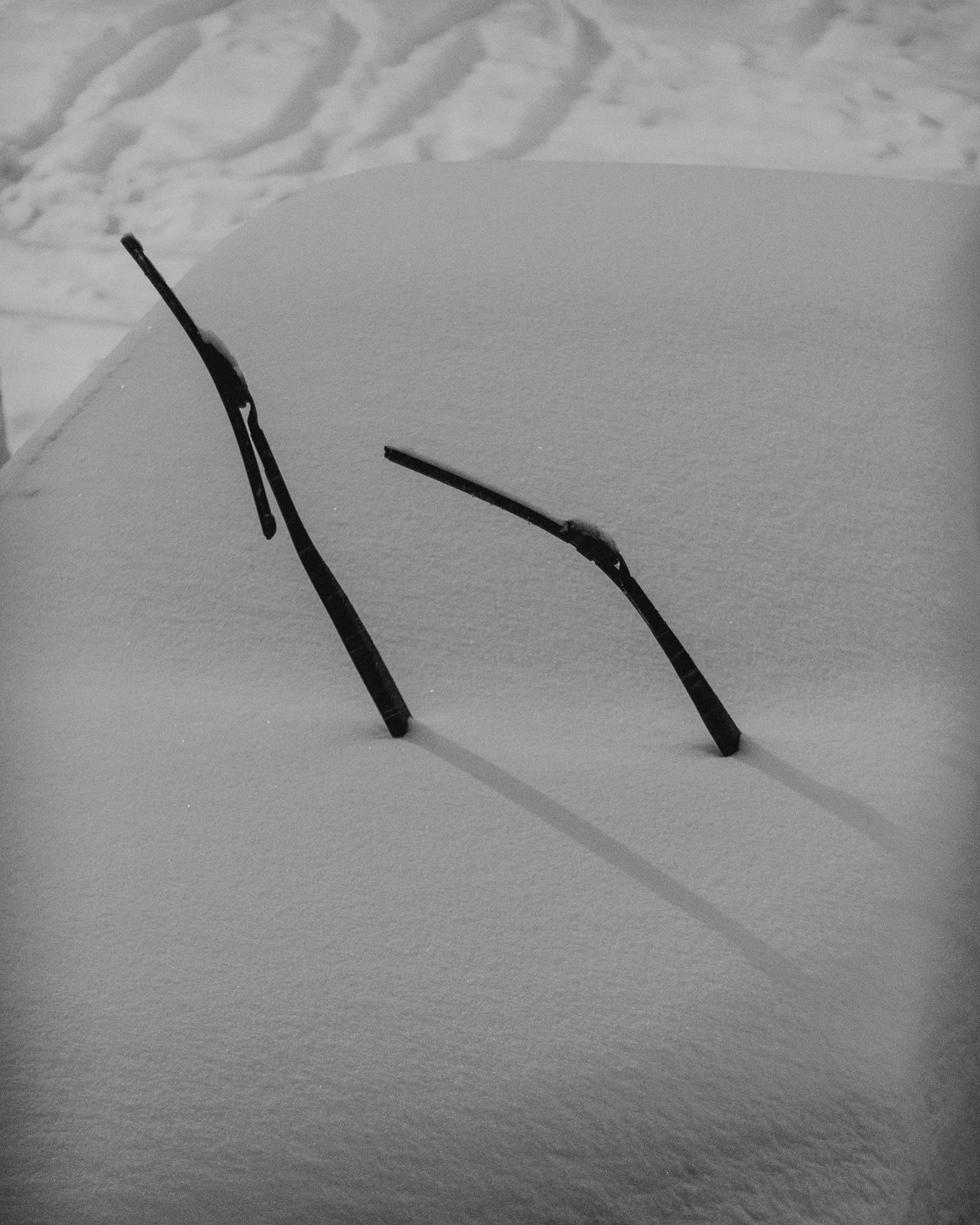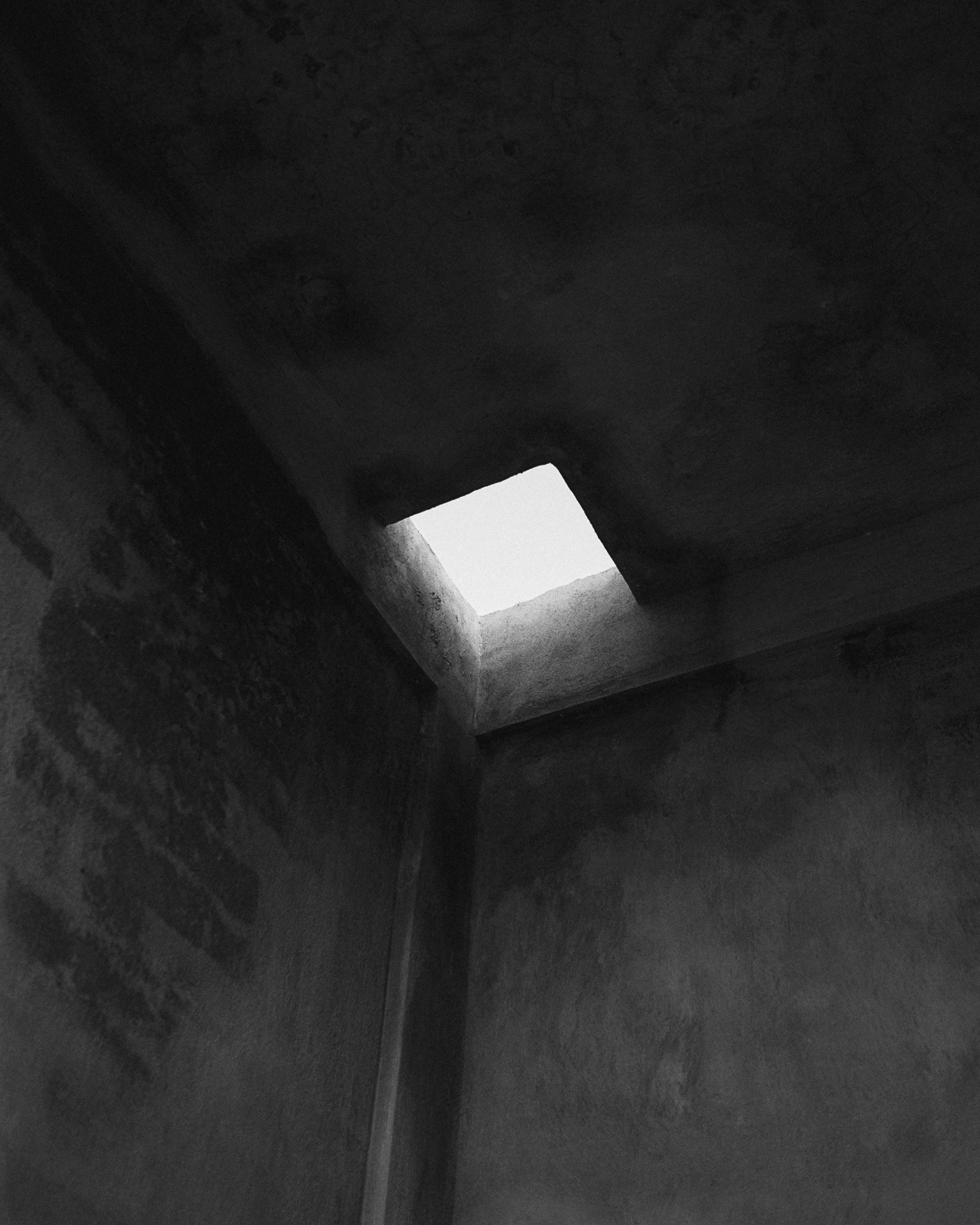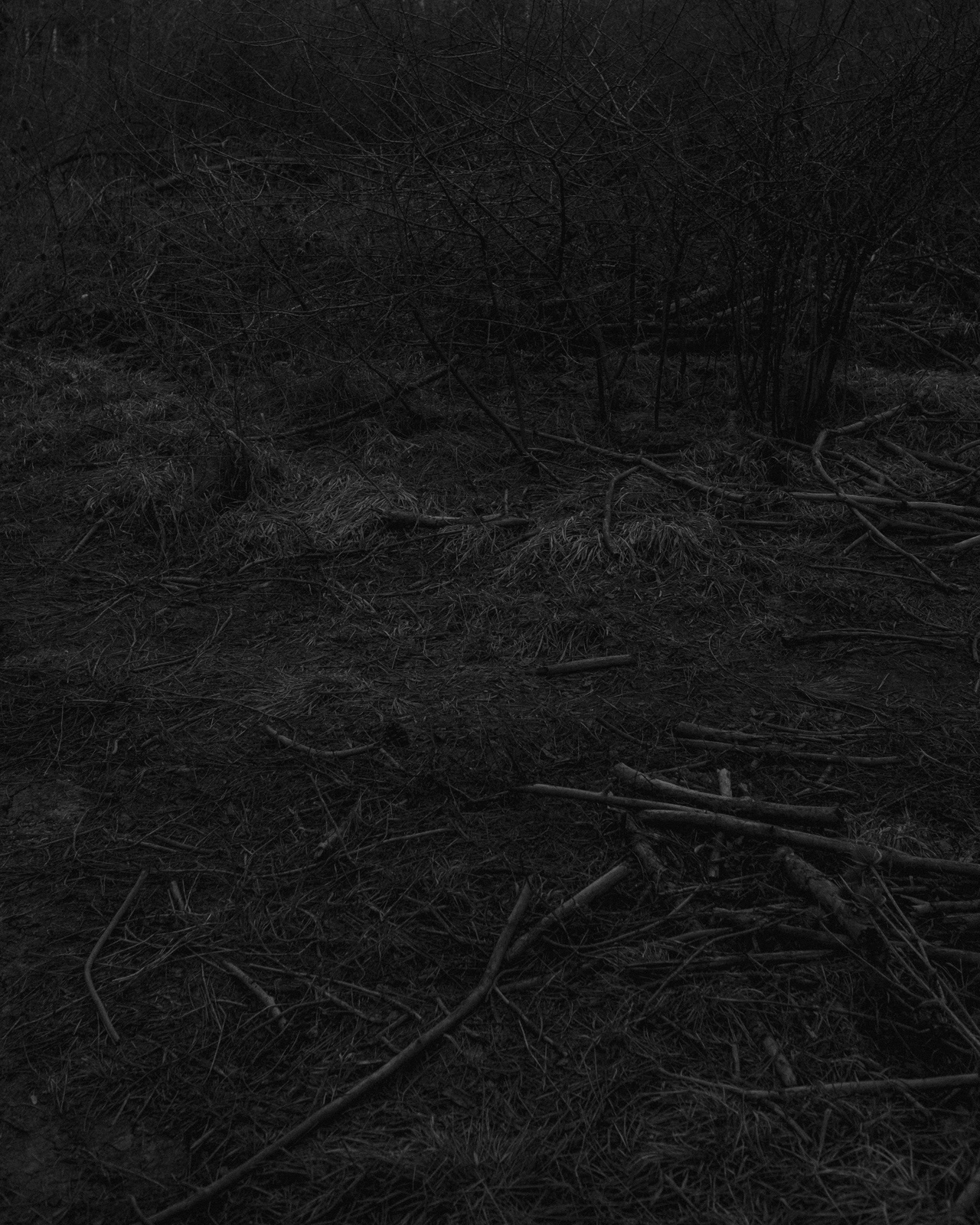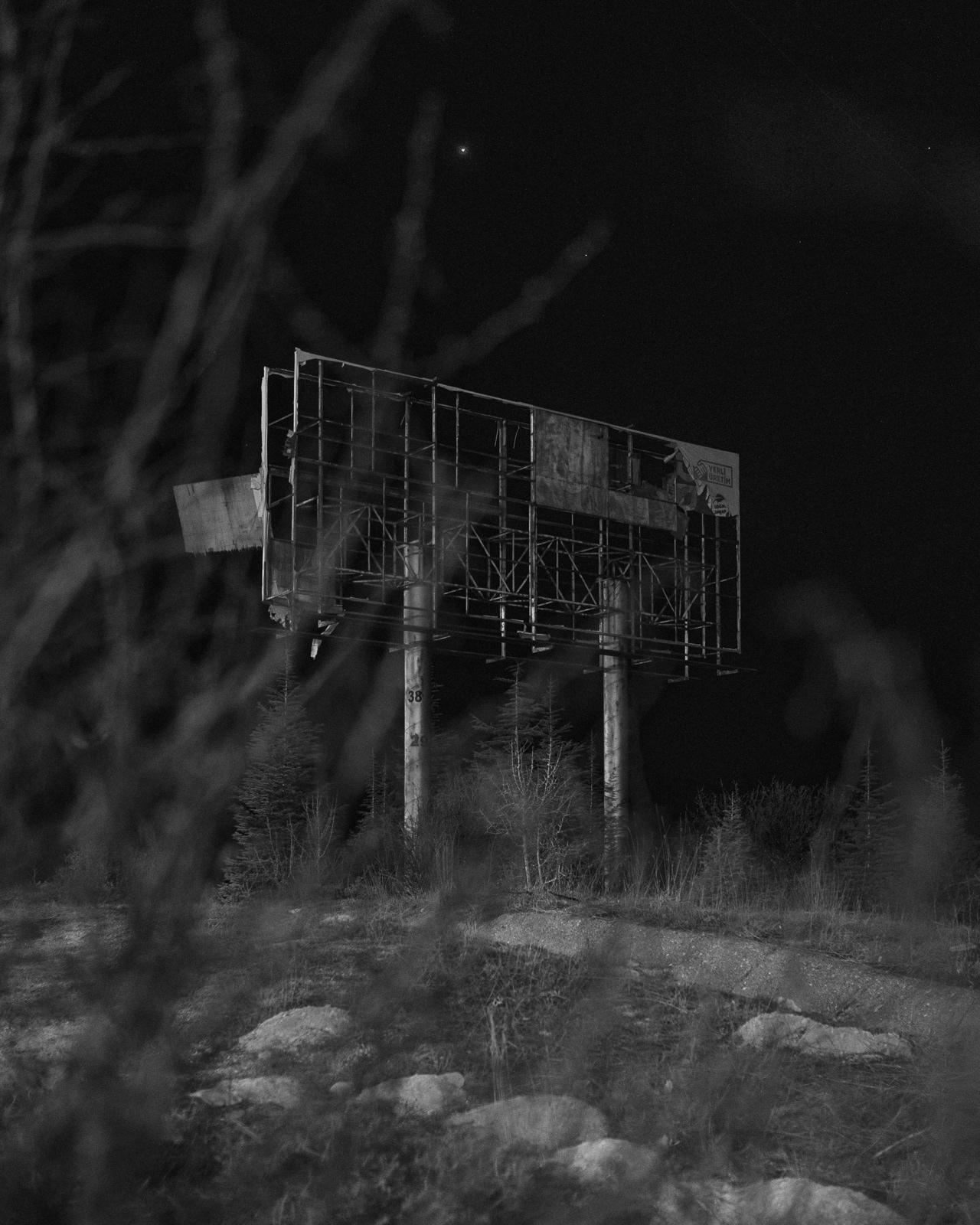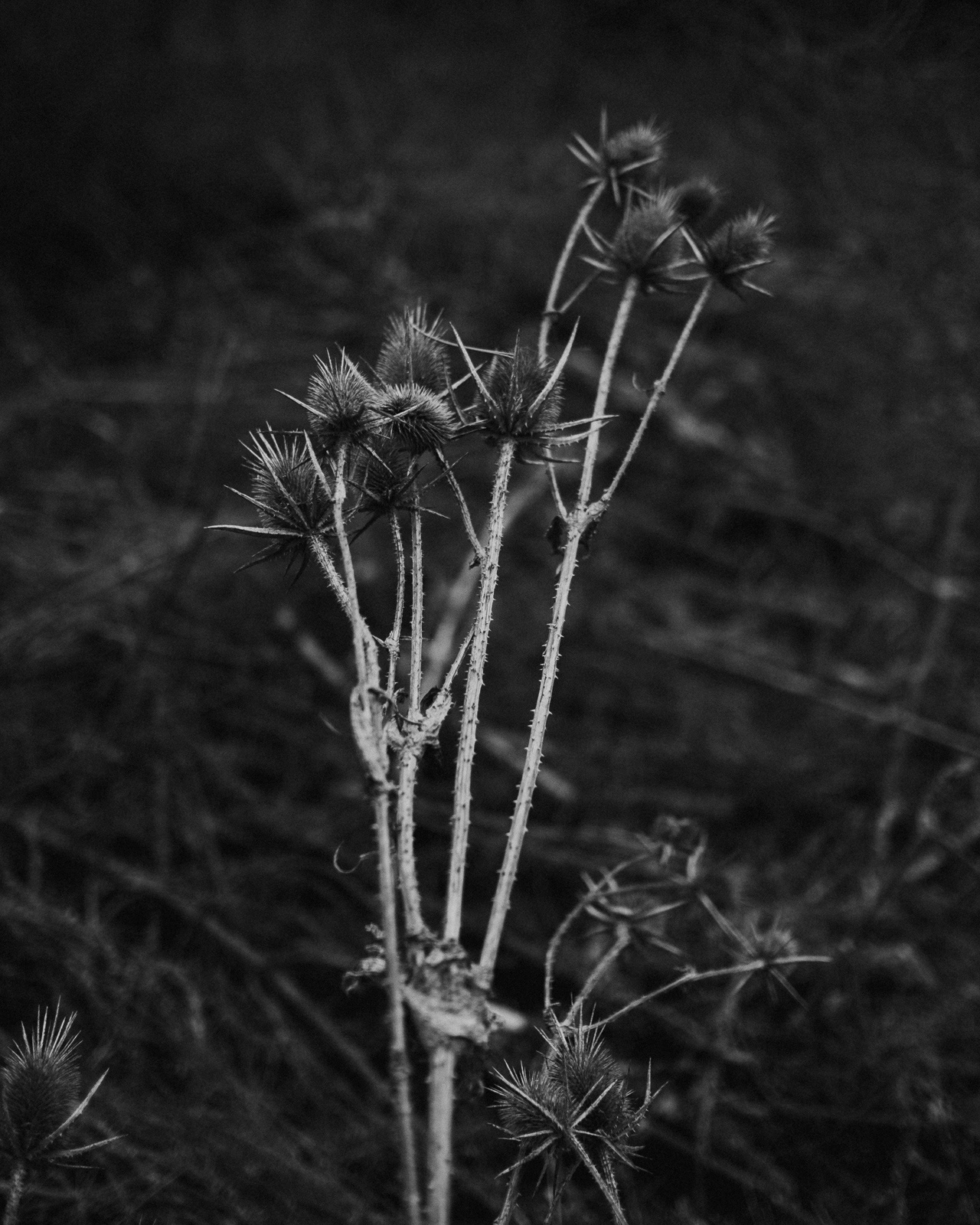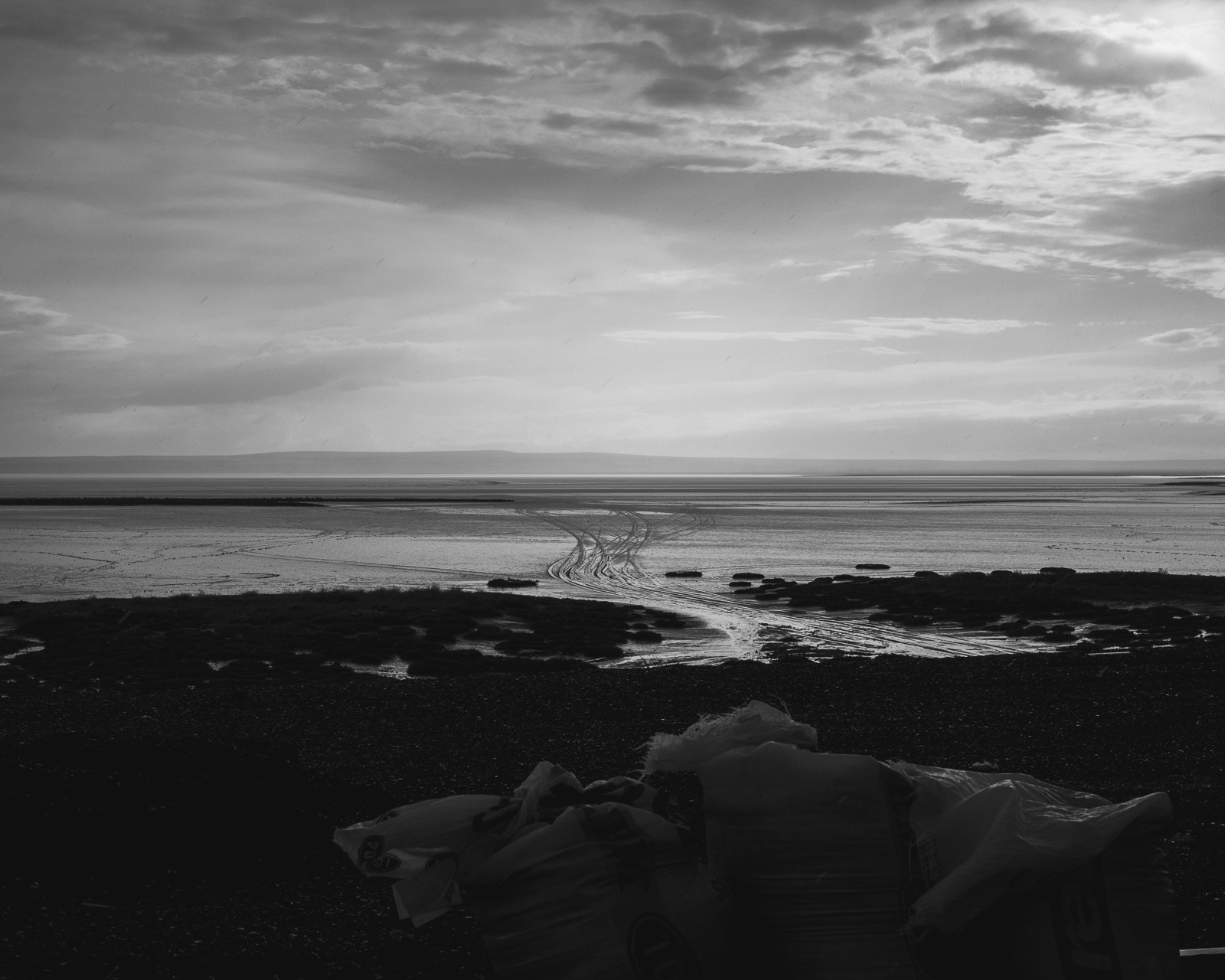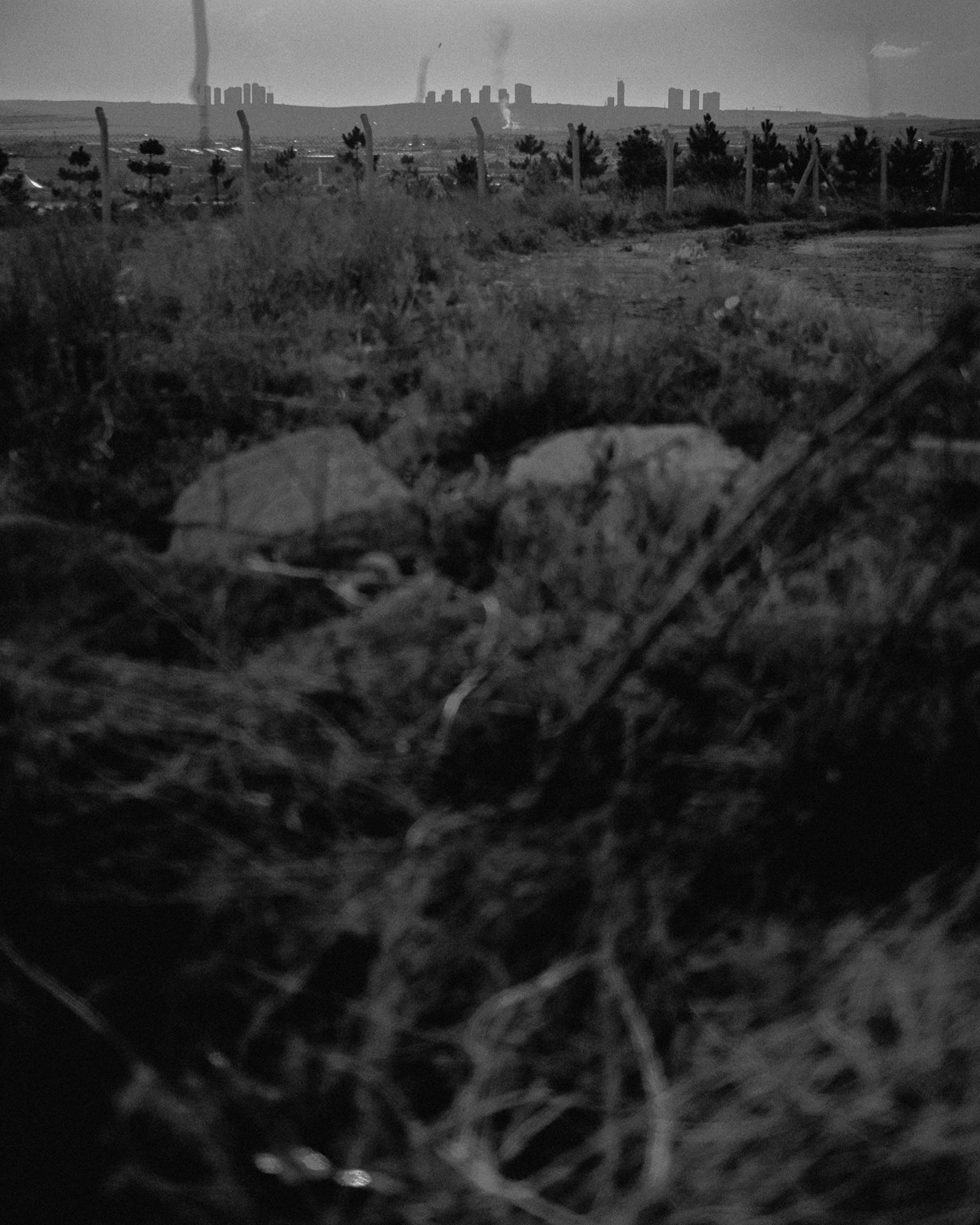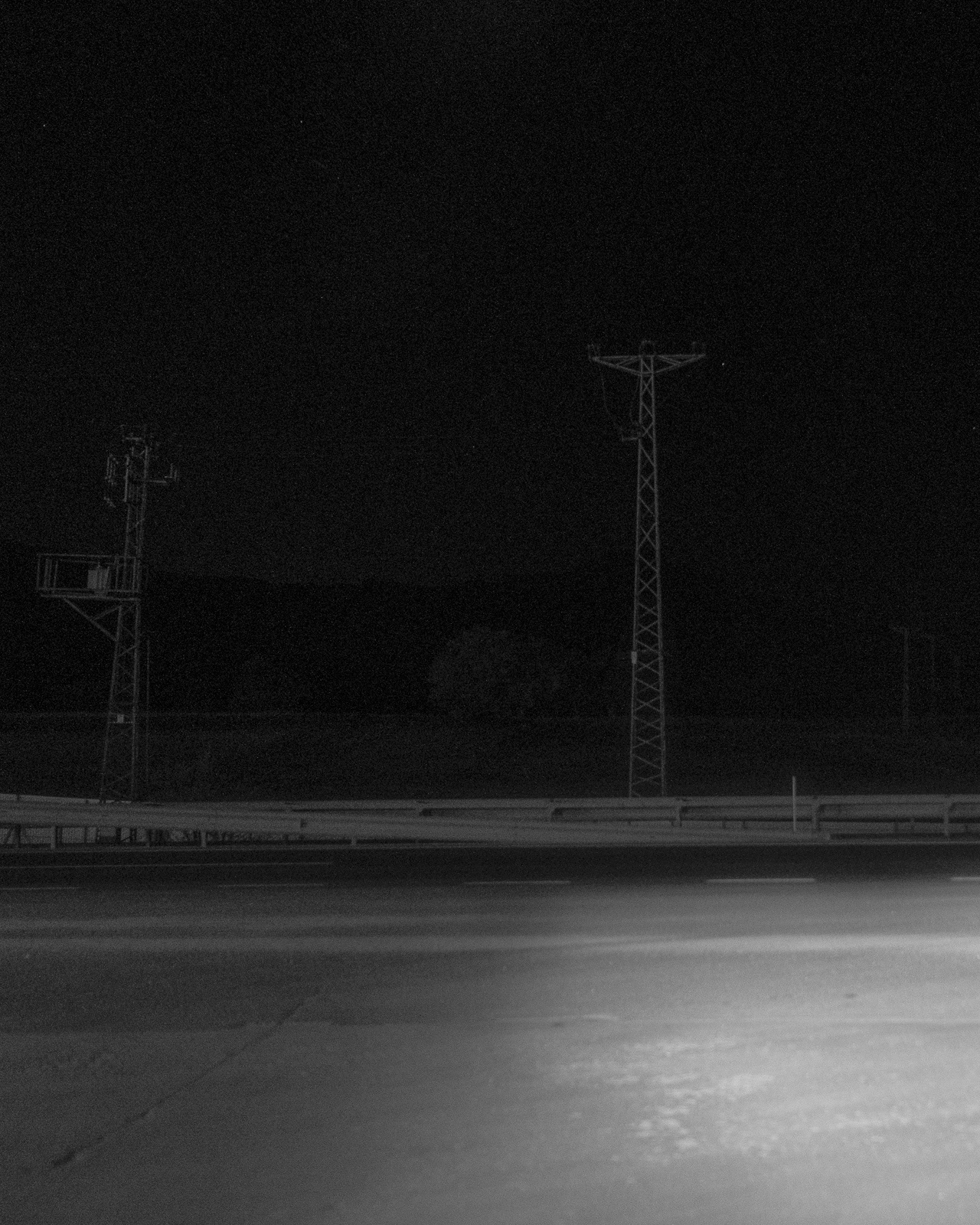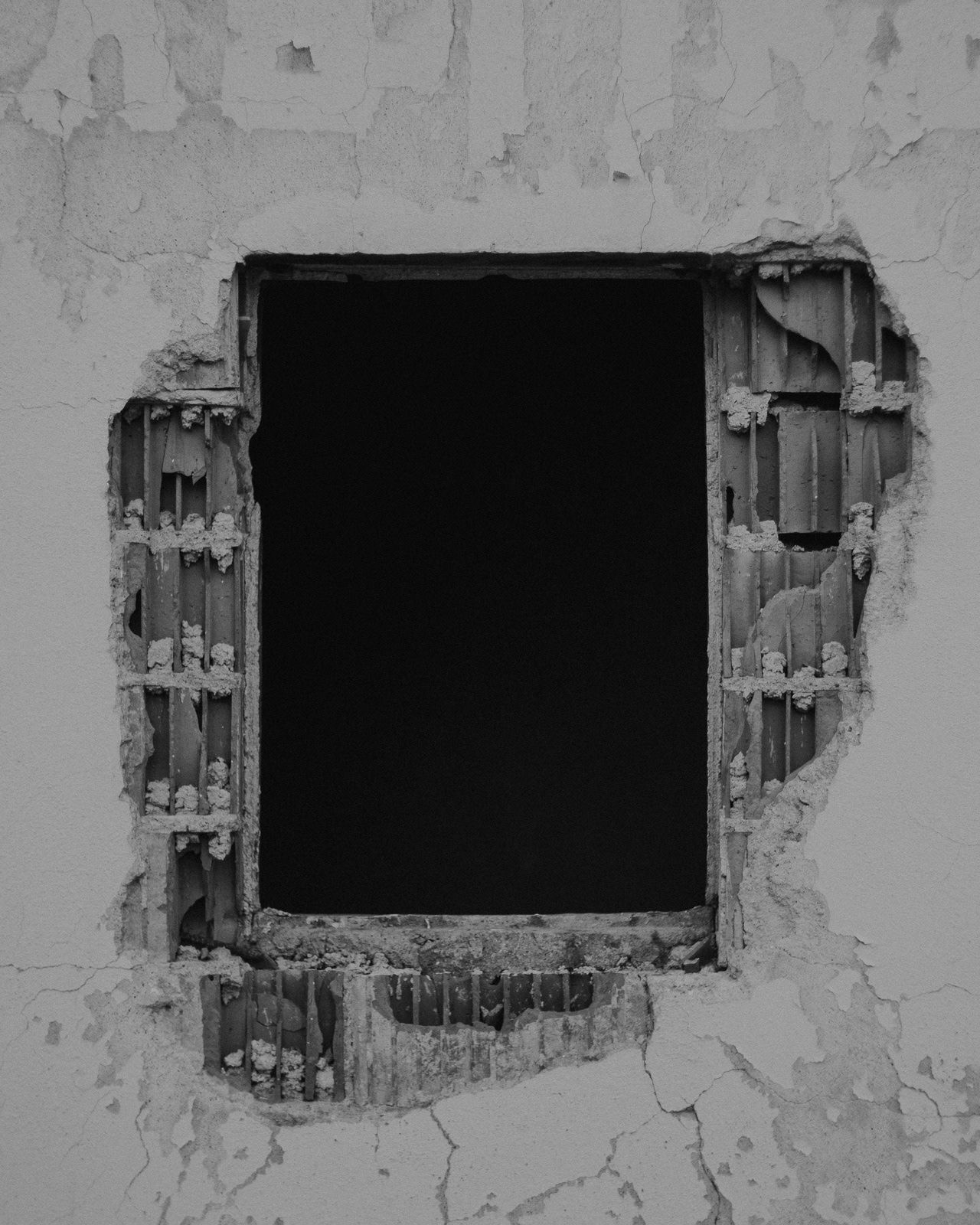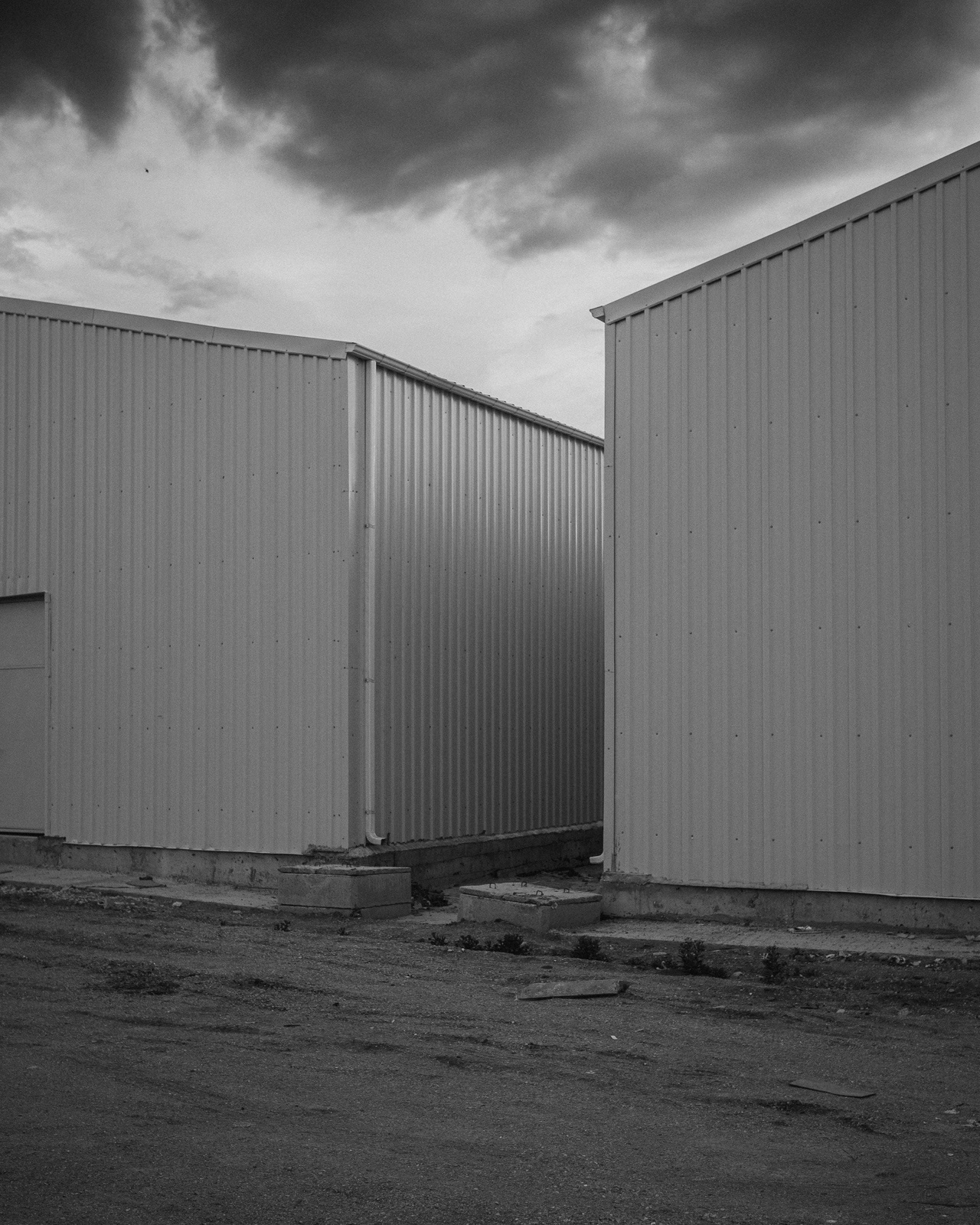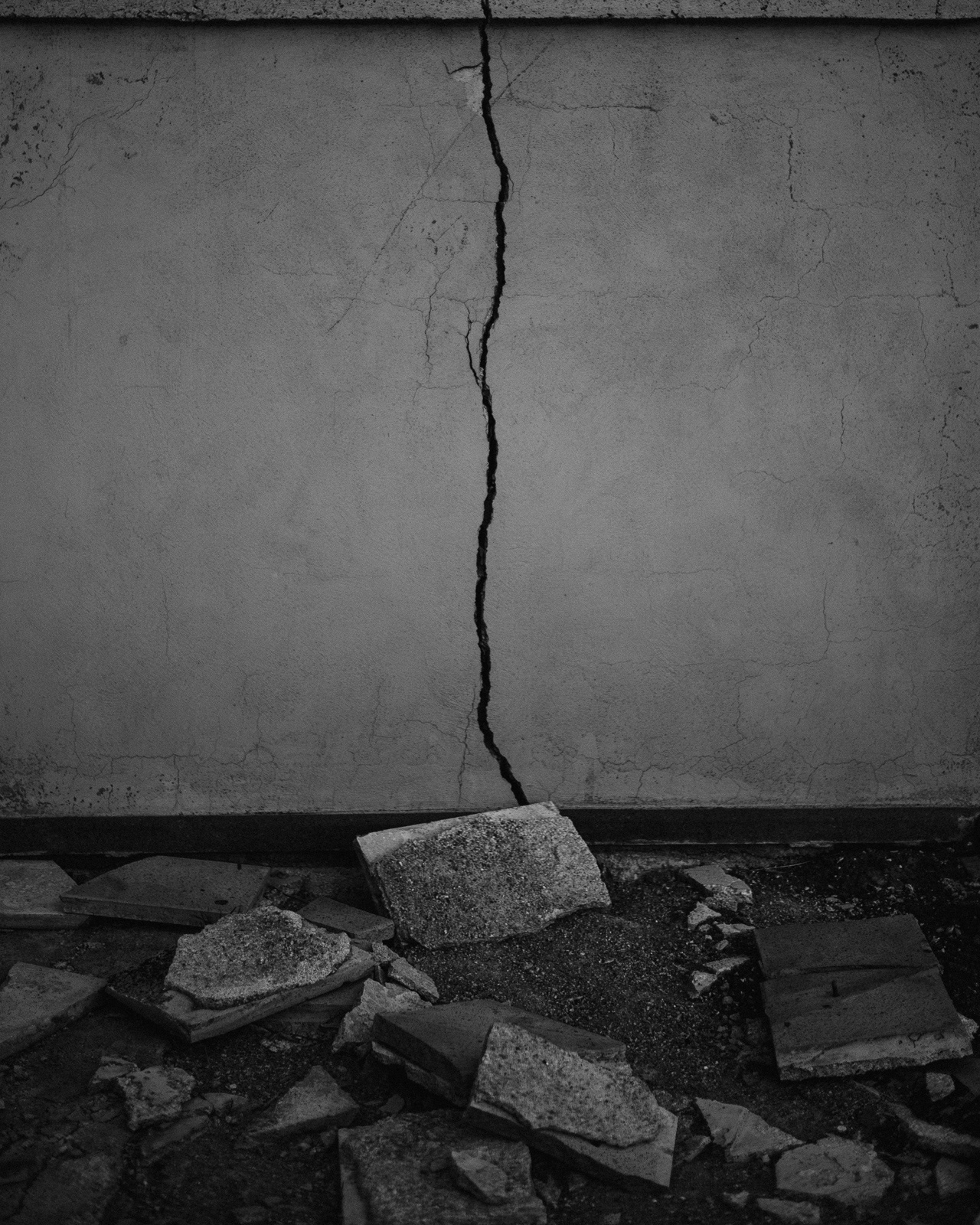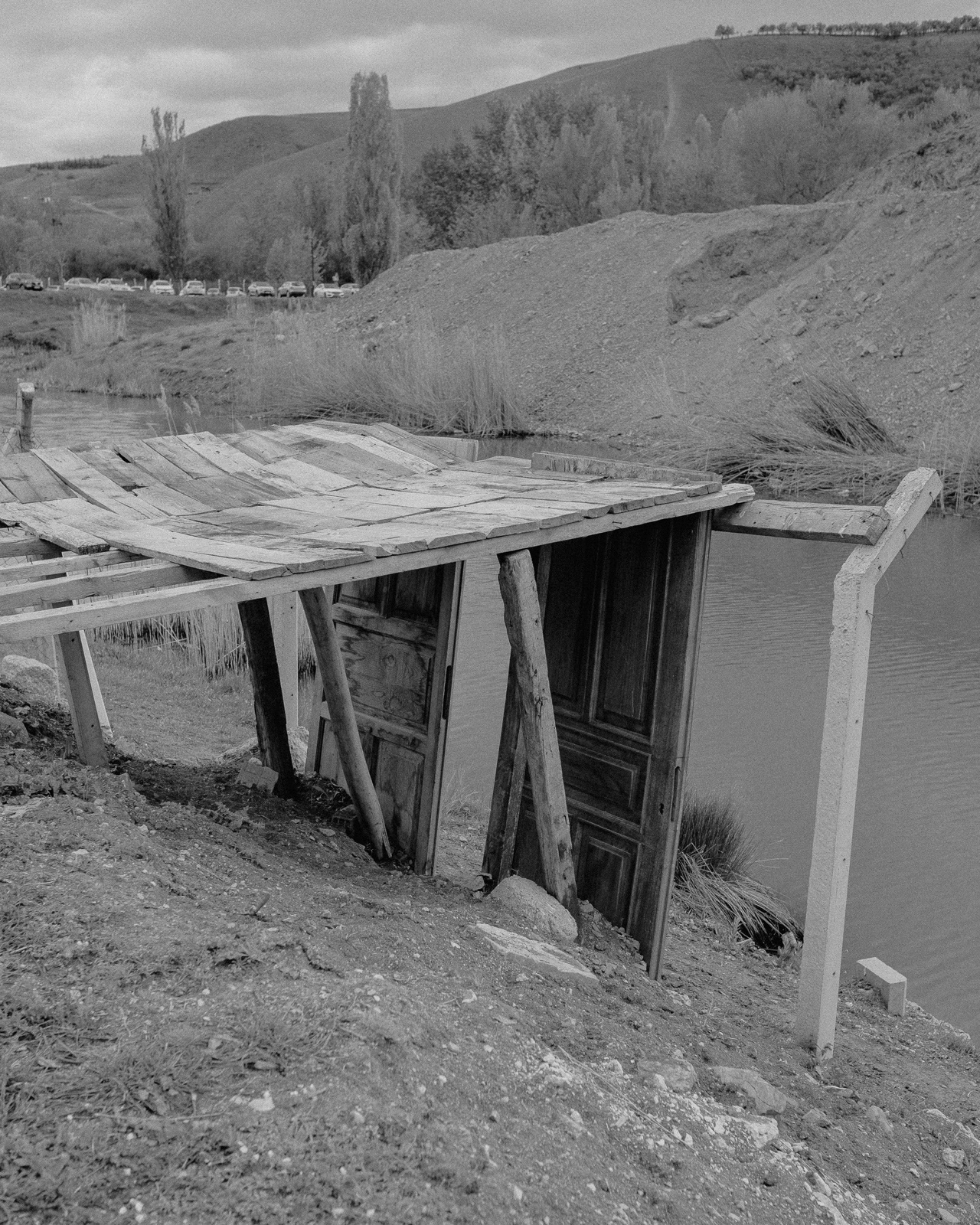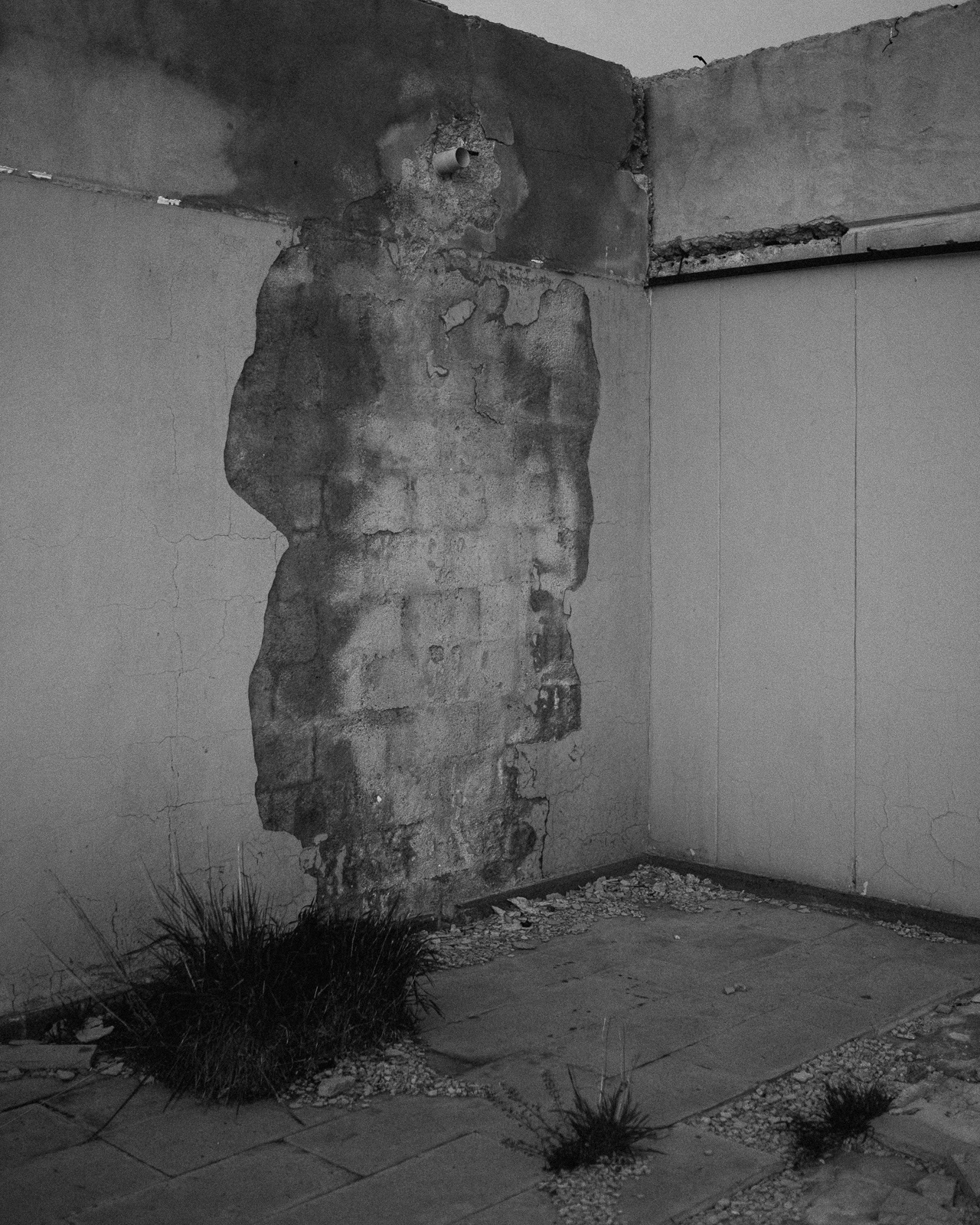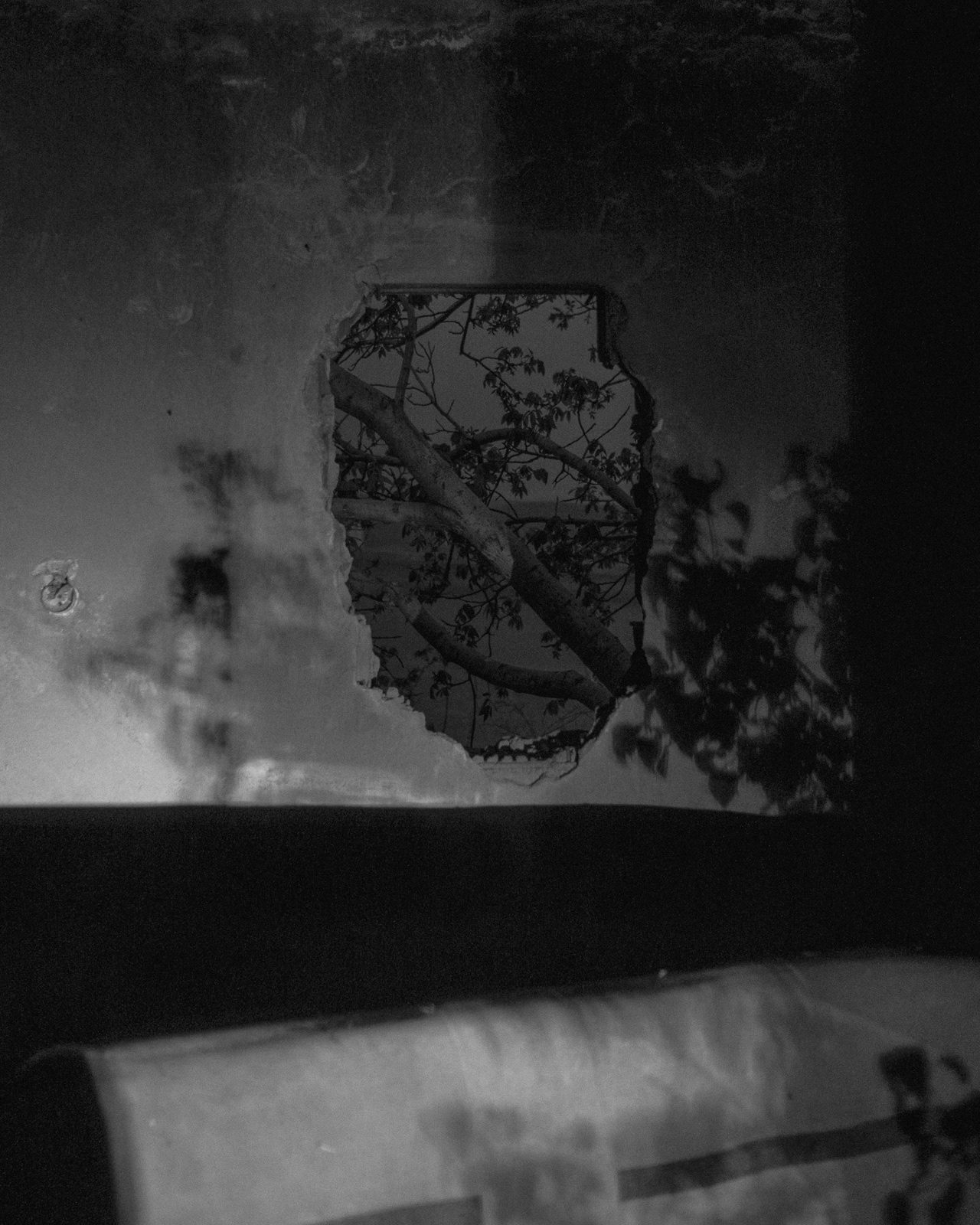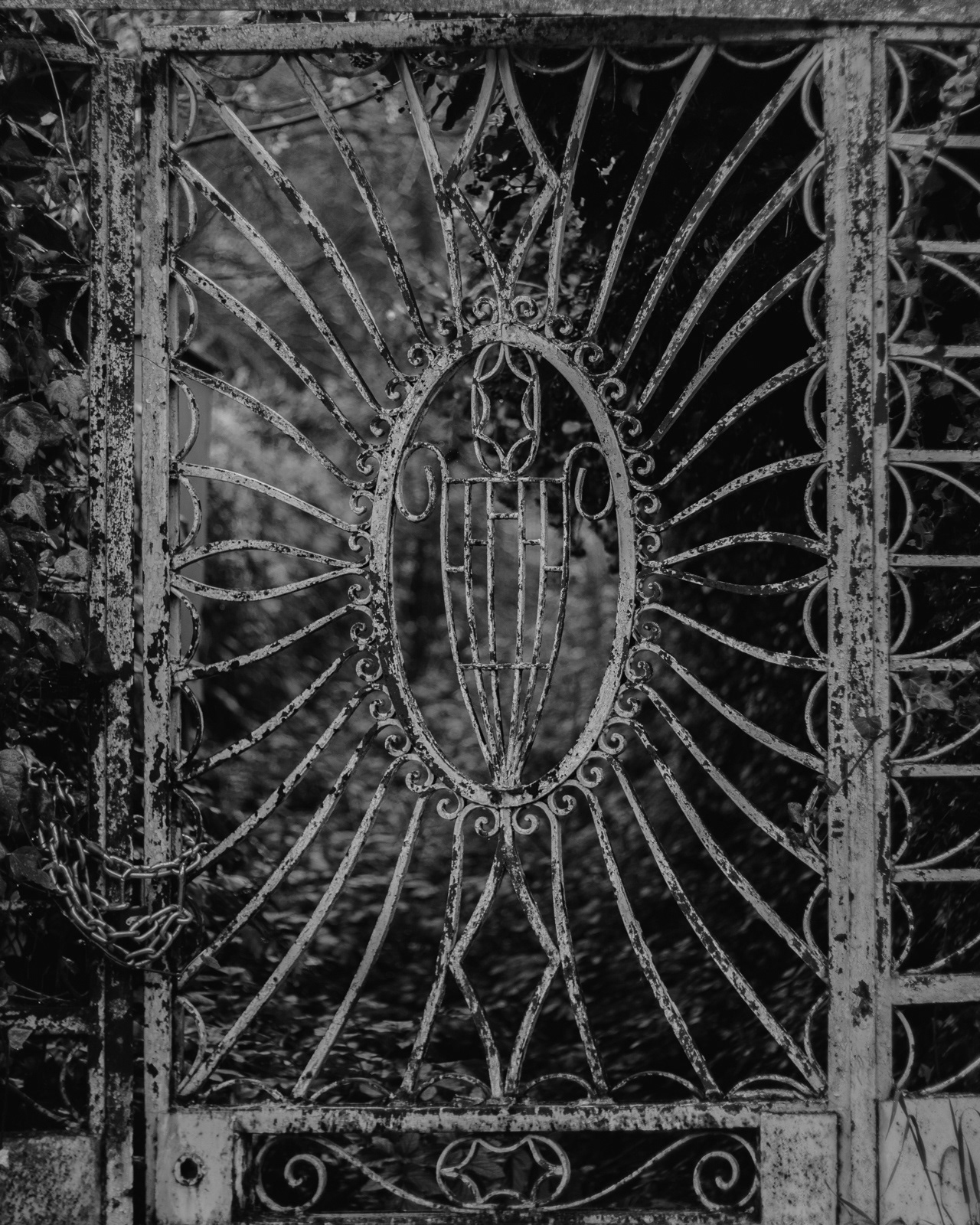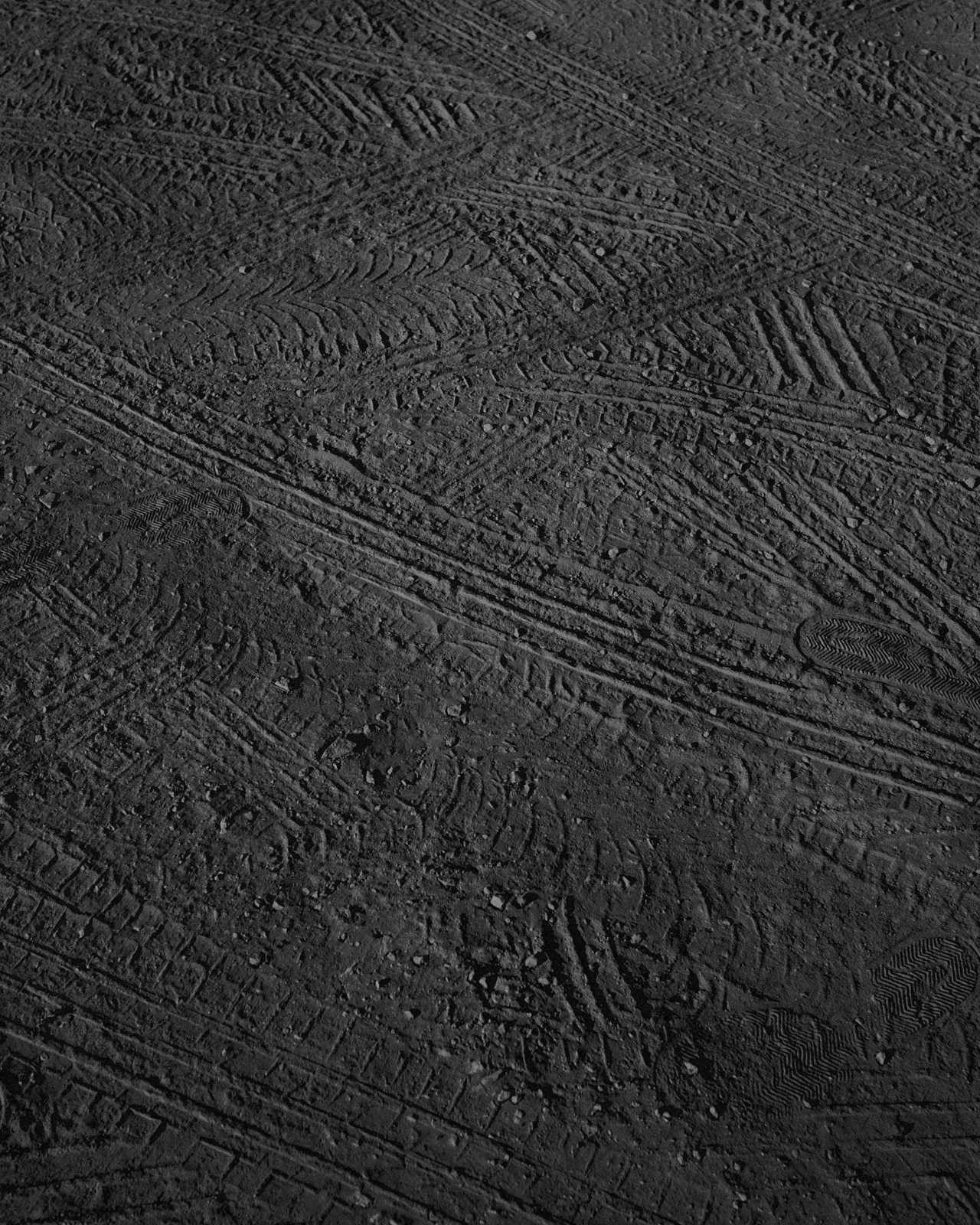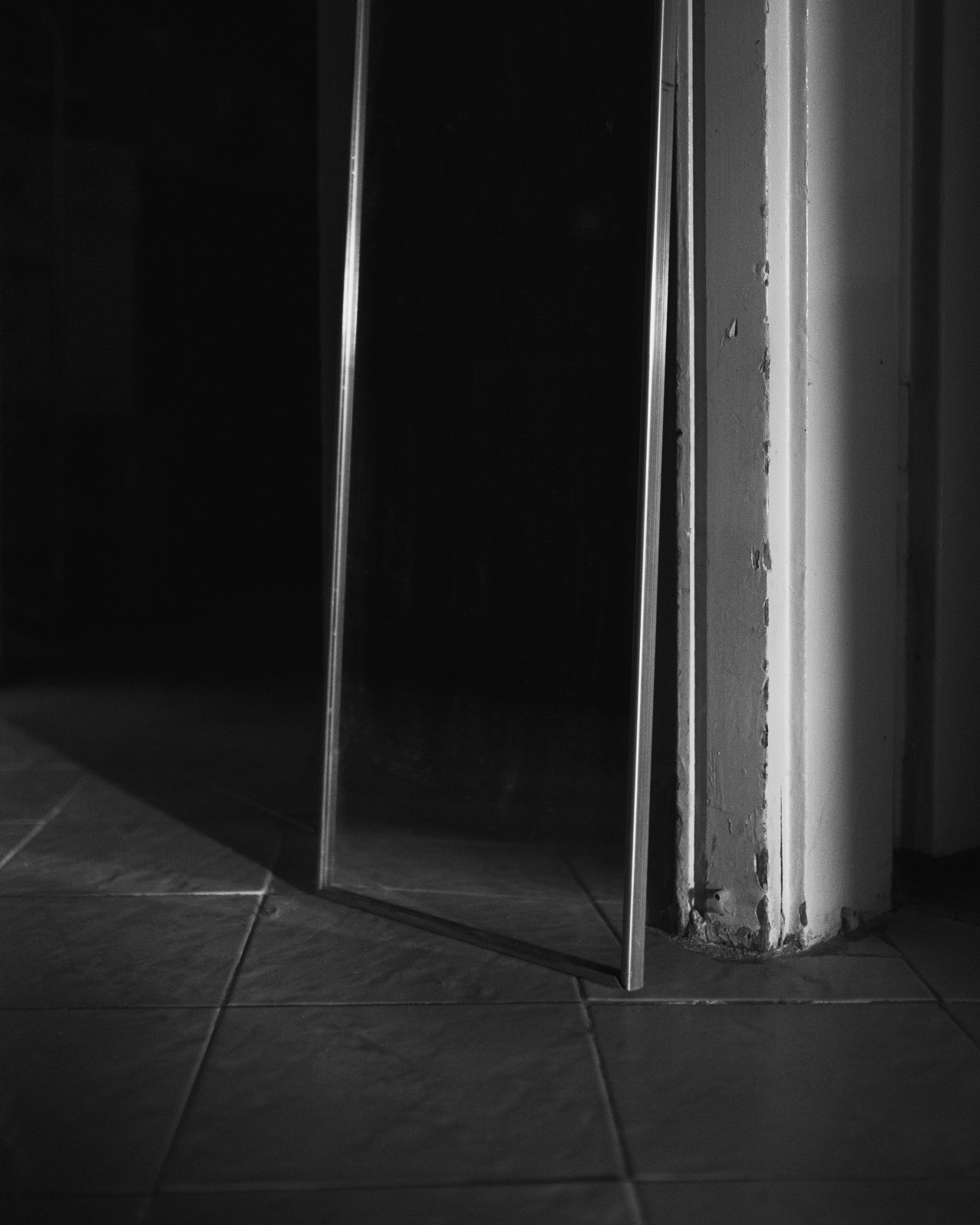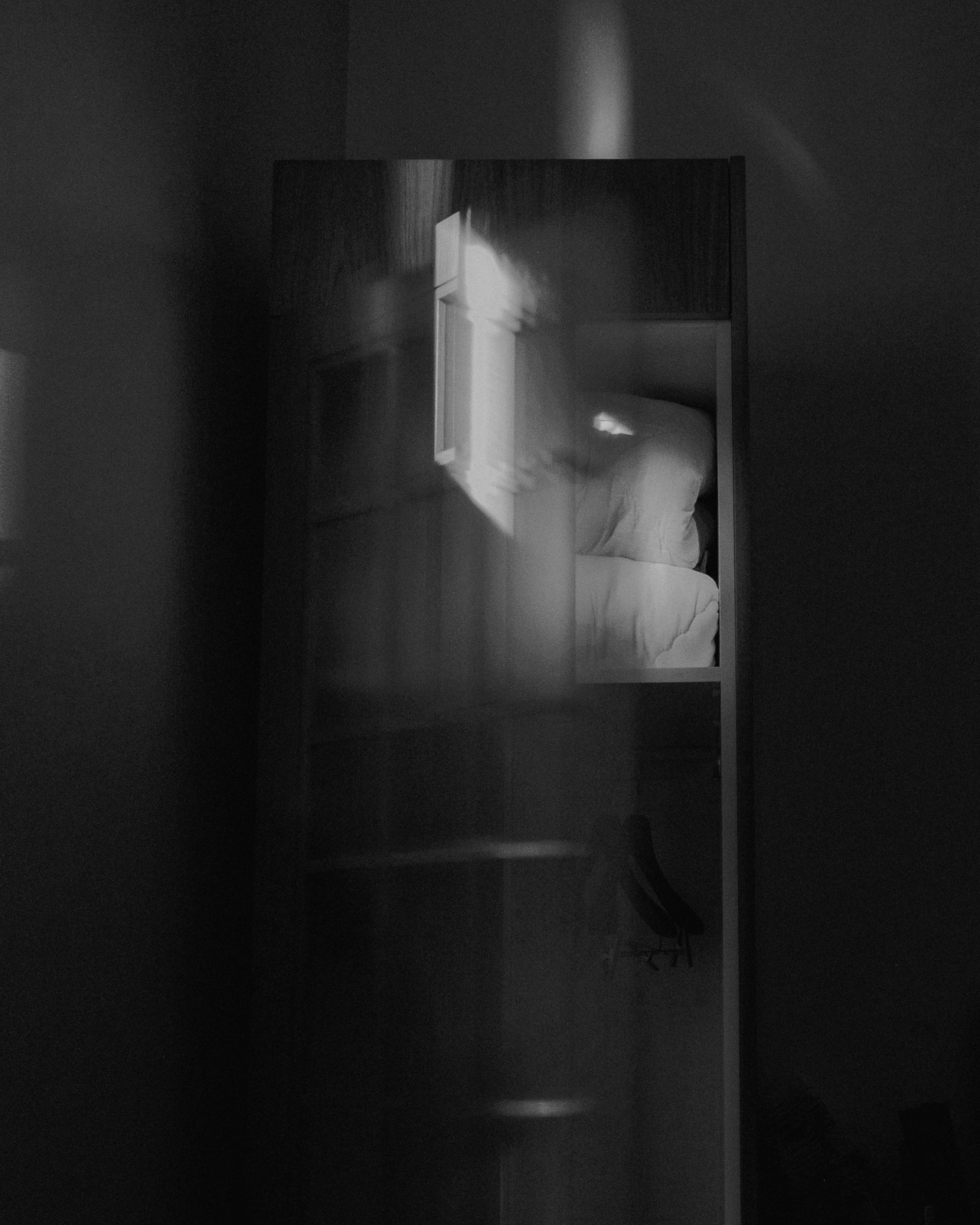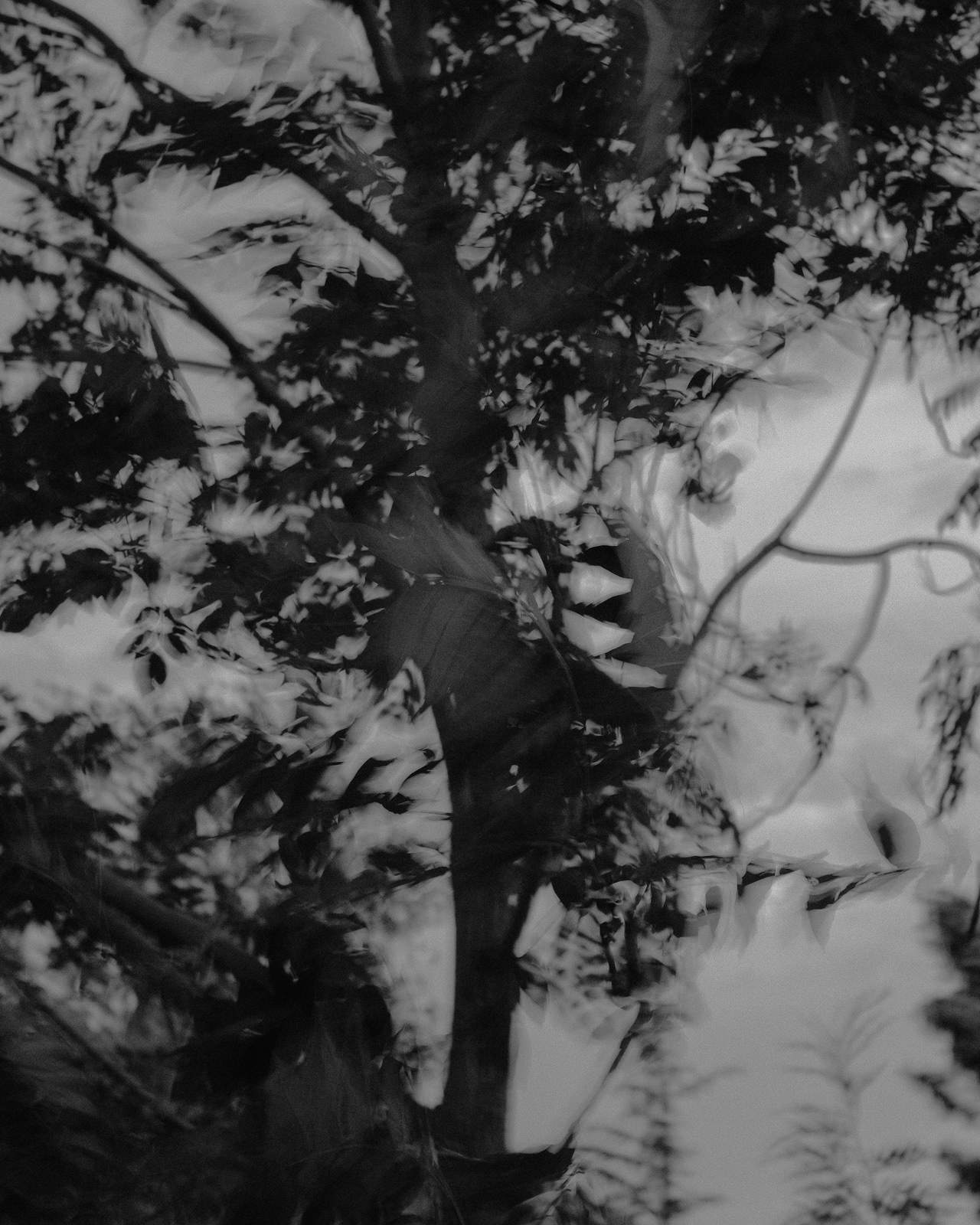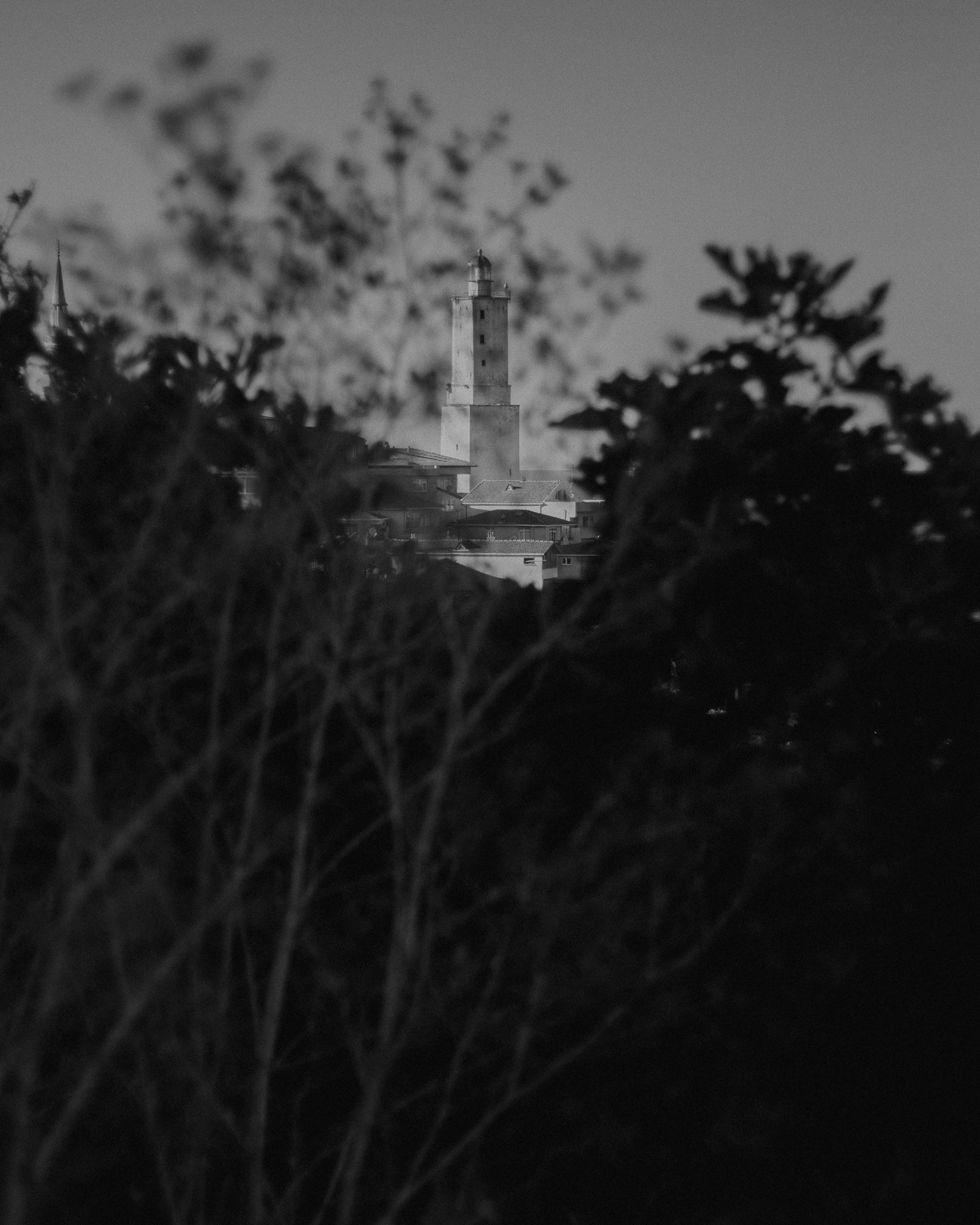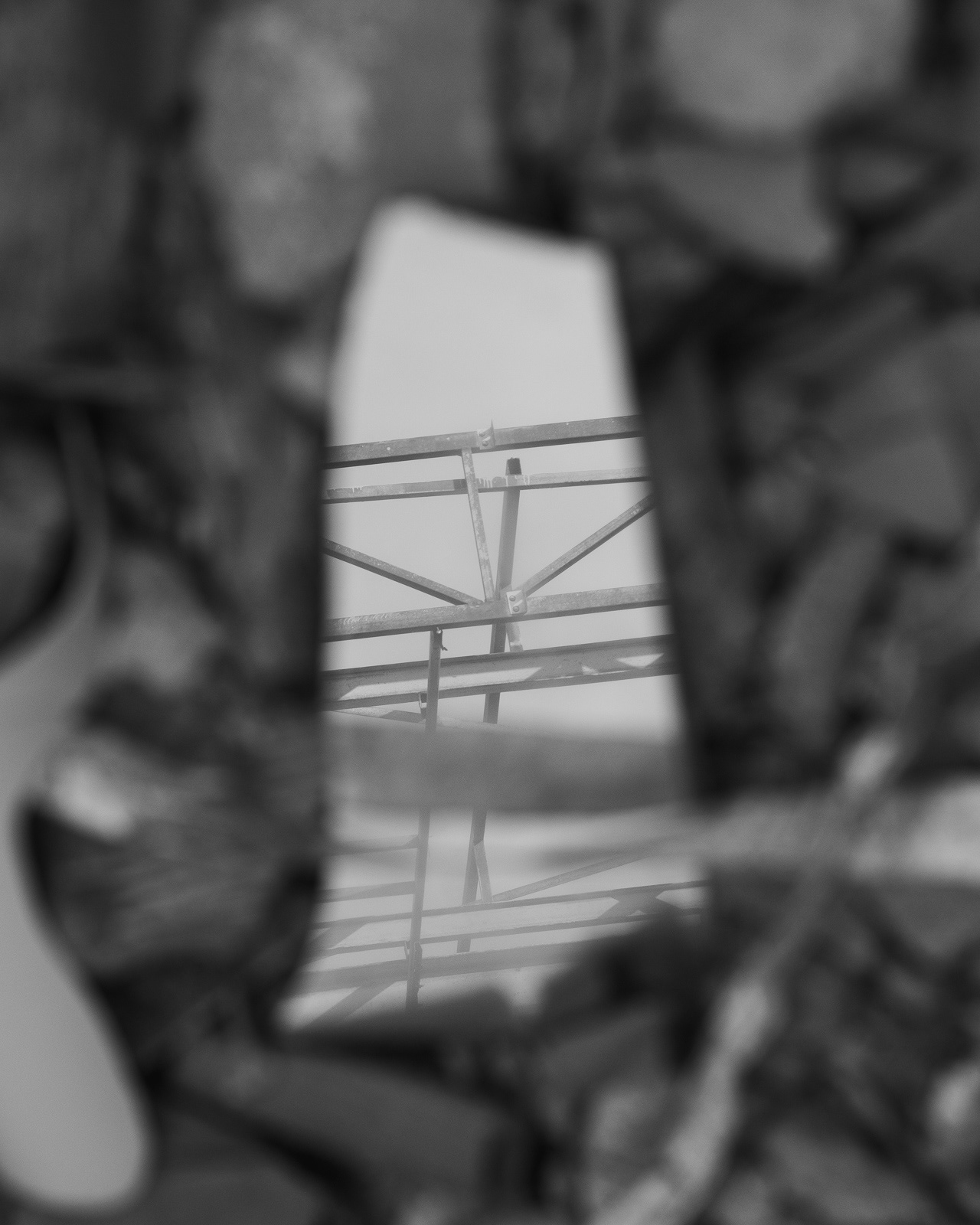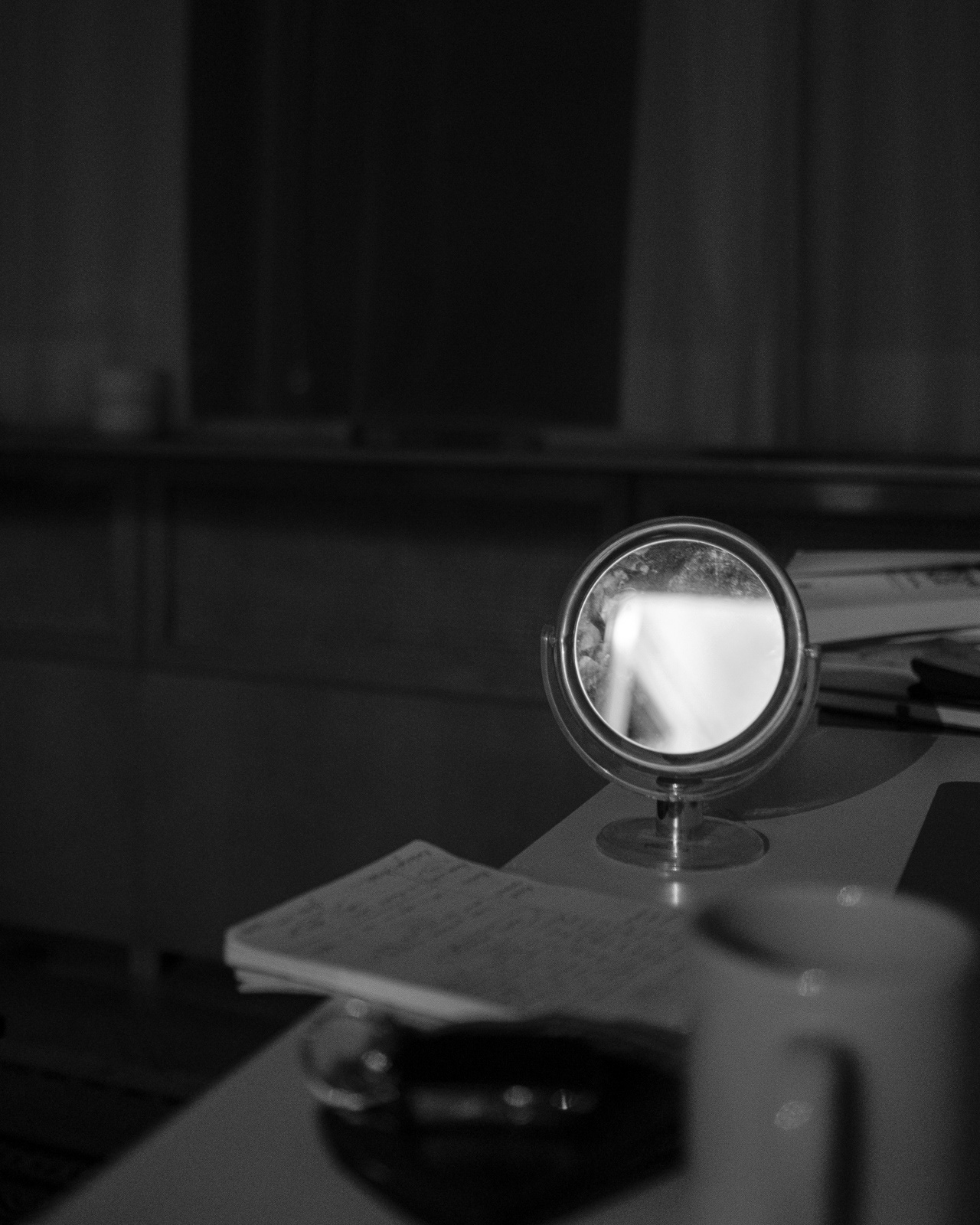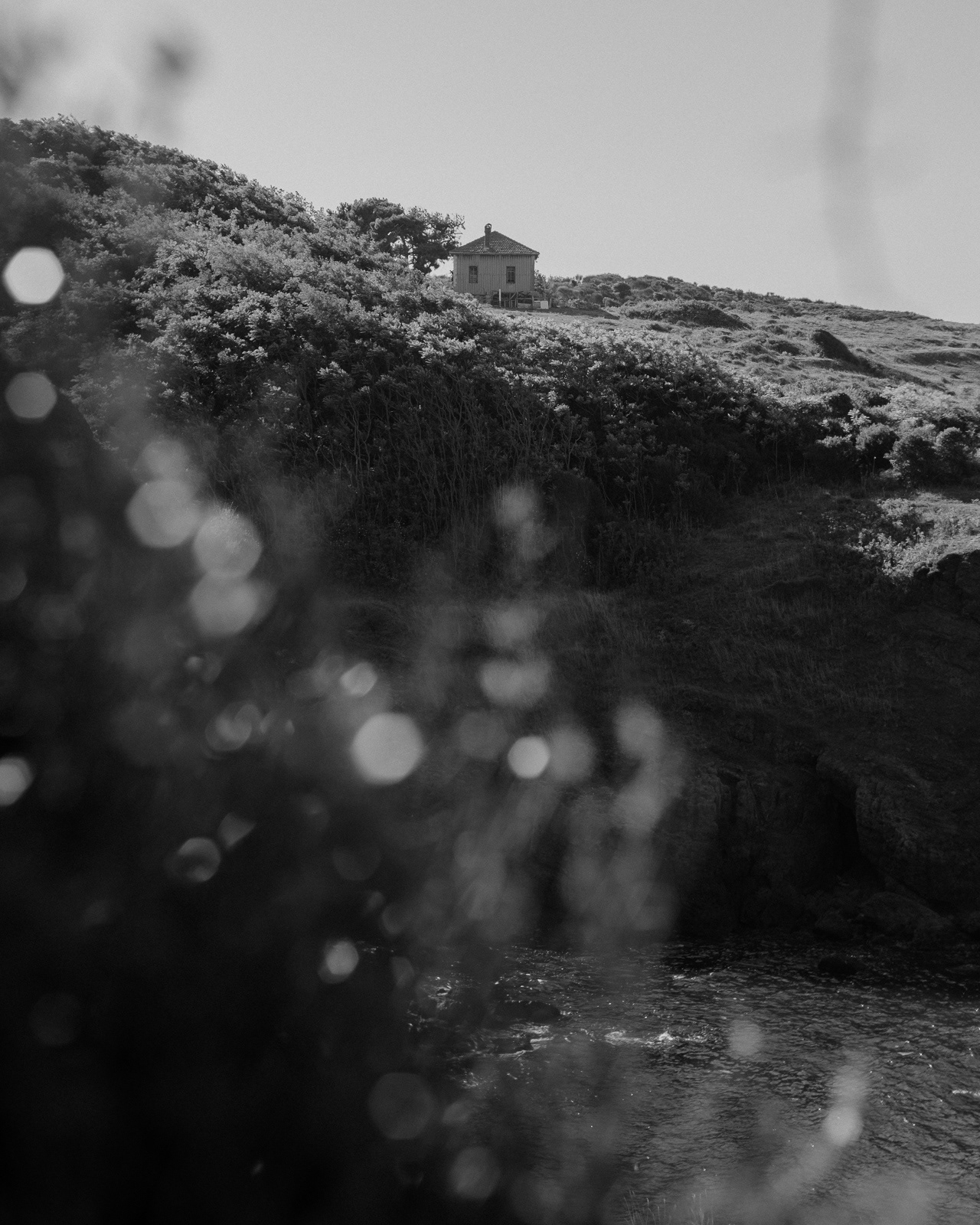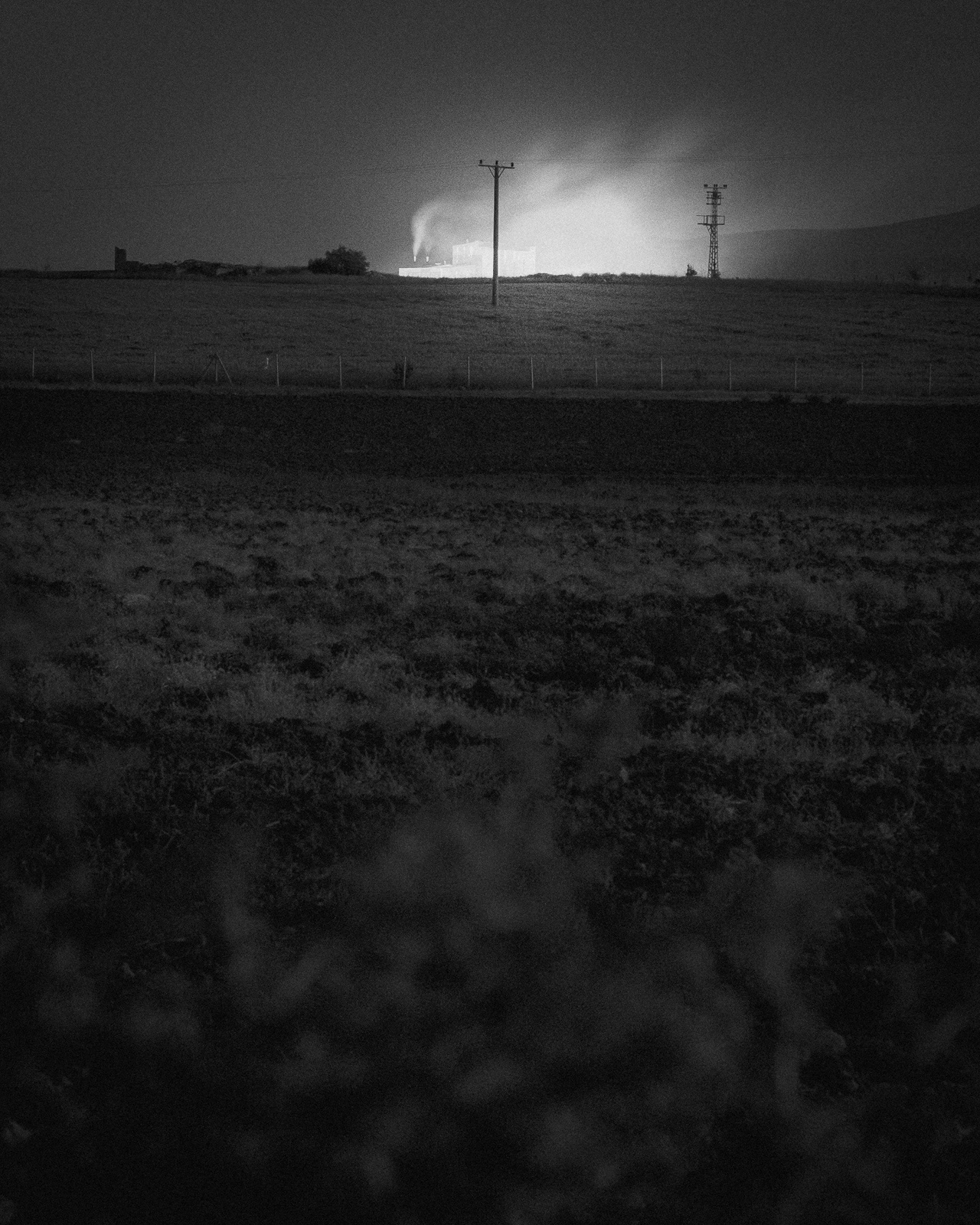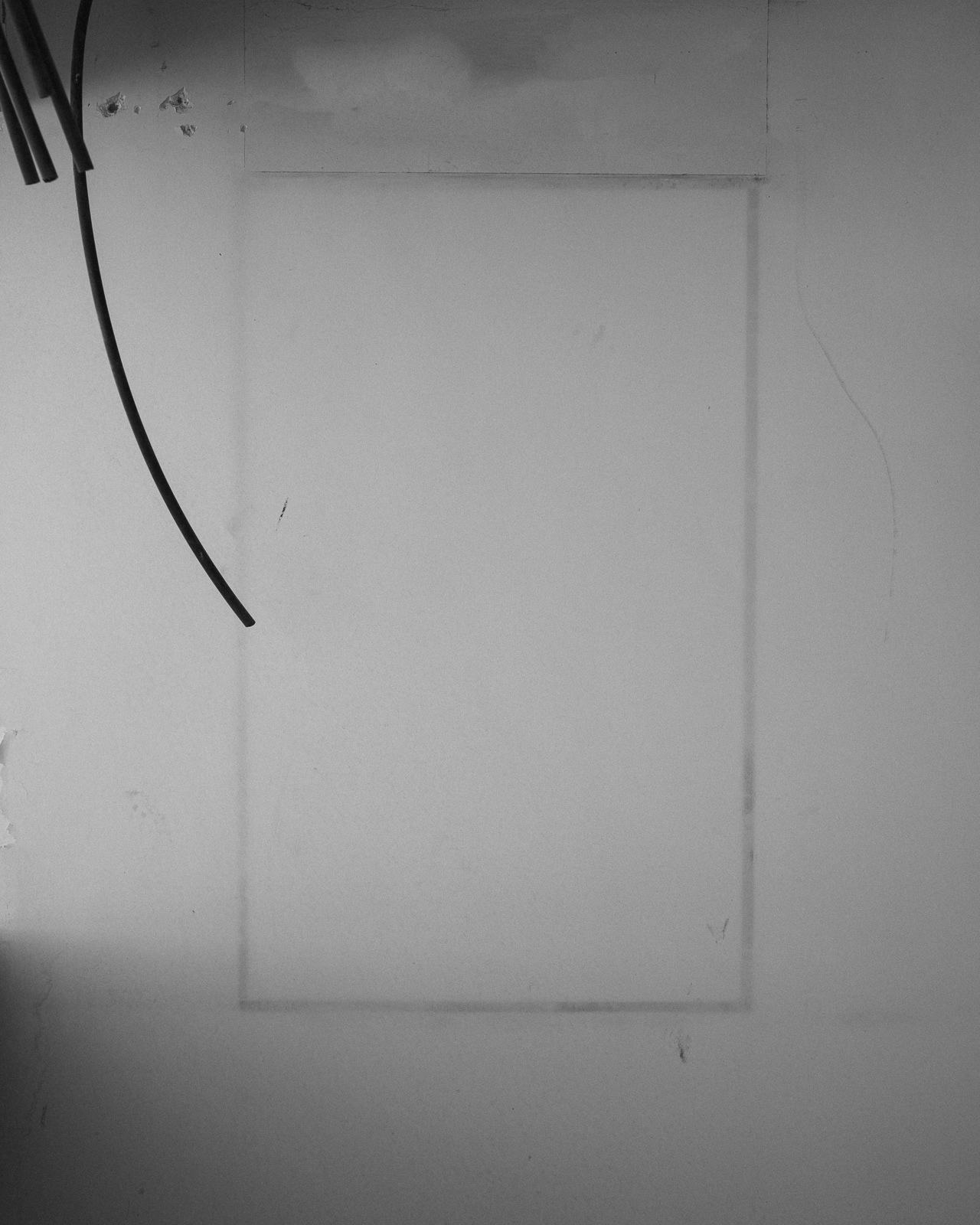Absence series began during a time when the world was quietly reshaping itself. The early stages of the Covid-19 pandemic brought a shift in how we perceived space, time, and the built environment. Familiar settings appeared altered—emptied out, estranged, or quietly transformed. Against this backdrop, the series turns its focus toward landscapes, surfaces, and architectures that speak less to what is seen and more to what is no longer there. What follows is a reflection on the conceptual grounding of the work.
The series focuses on landscapes, surfaces, architecture and isolated spaces. Photographs are partially detached from their original realities and contexts, forming a new narrative. At the center of this narrative is the concept of absence, pointing to what is not present in the images. The series situated between a past that is hard to remember and an obscured vision of the future that cannot be fully predicted. Eu-topia, which refers to a good place, and u-topia, which refers to a place that does not exist, merge within the present. In this way, the obscurity of what is coming and the ghosts of what has been forgotten open up space for the idea of an infinite and expanding present—a present where memory is weak, and dreaming about the future is pointless.*
*from the exhibition texts

